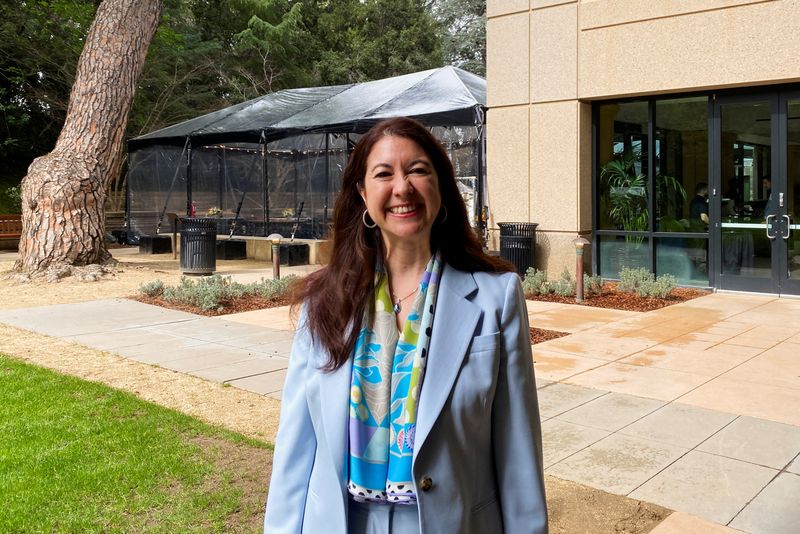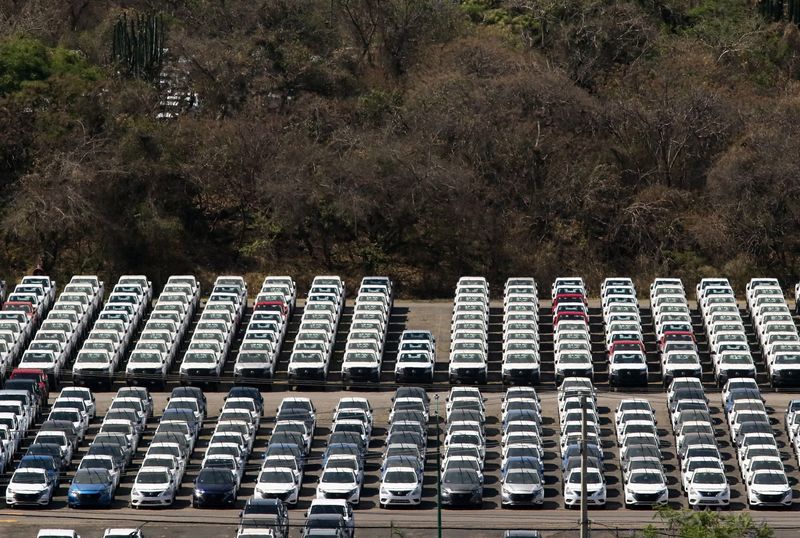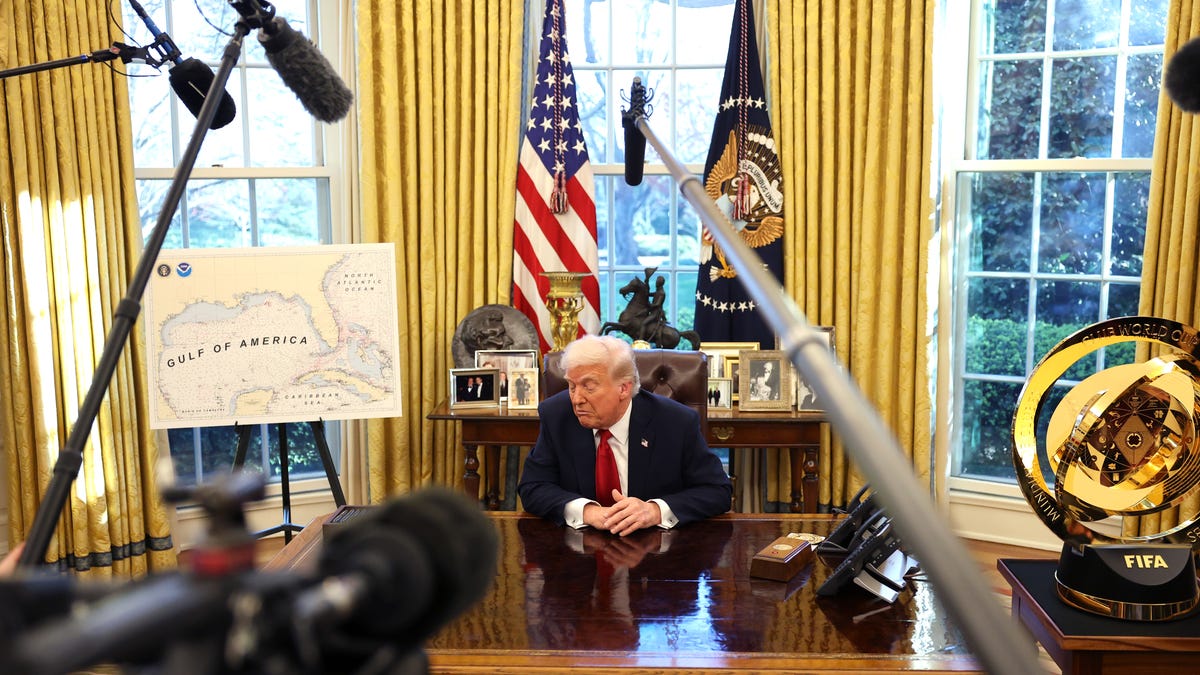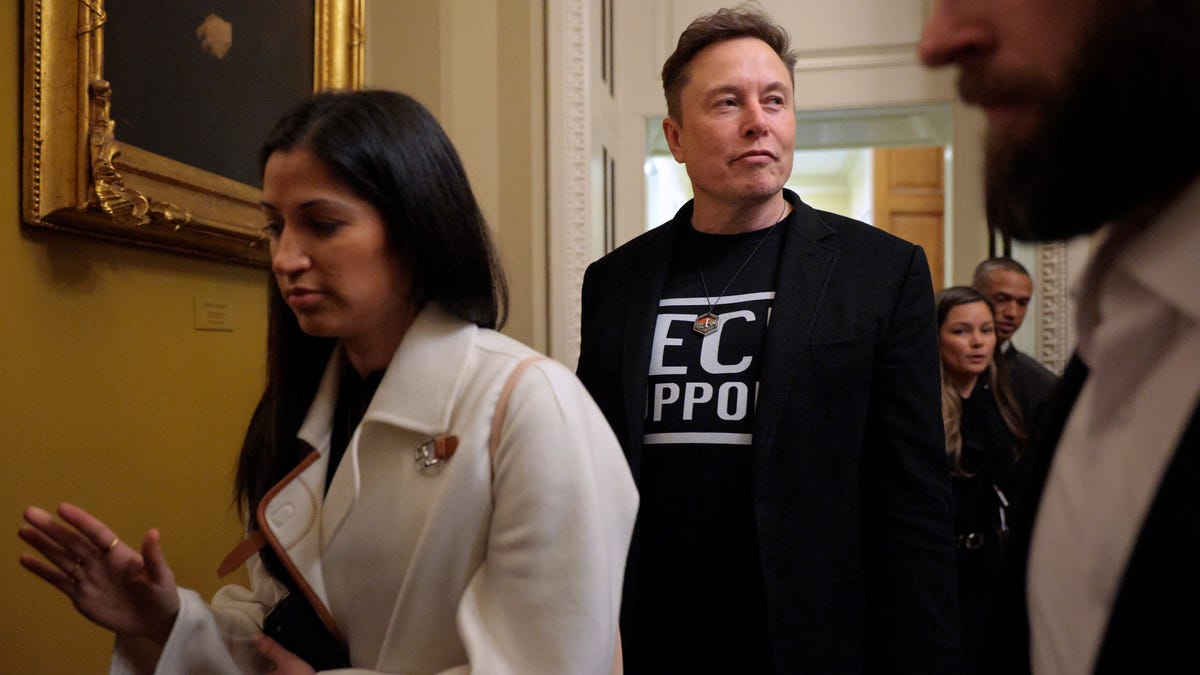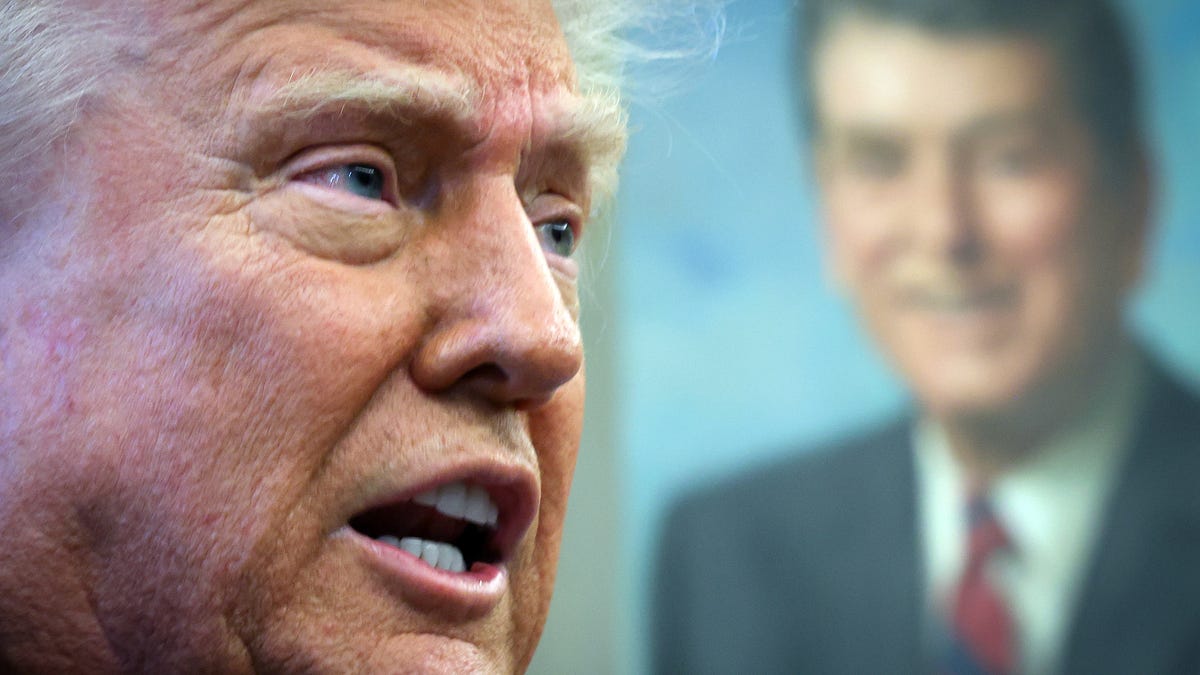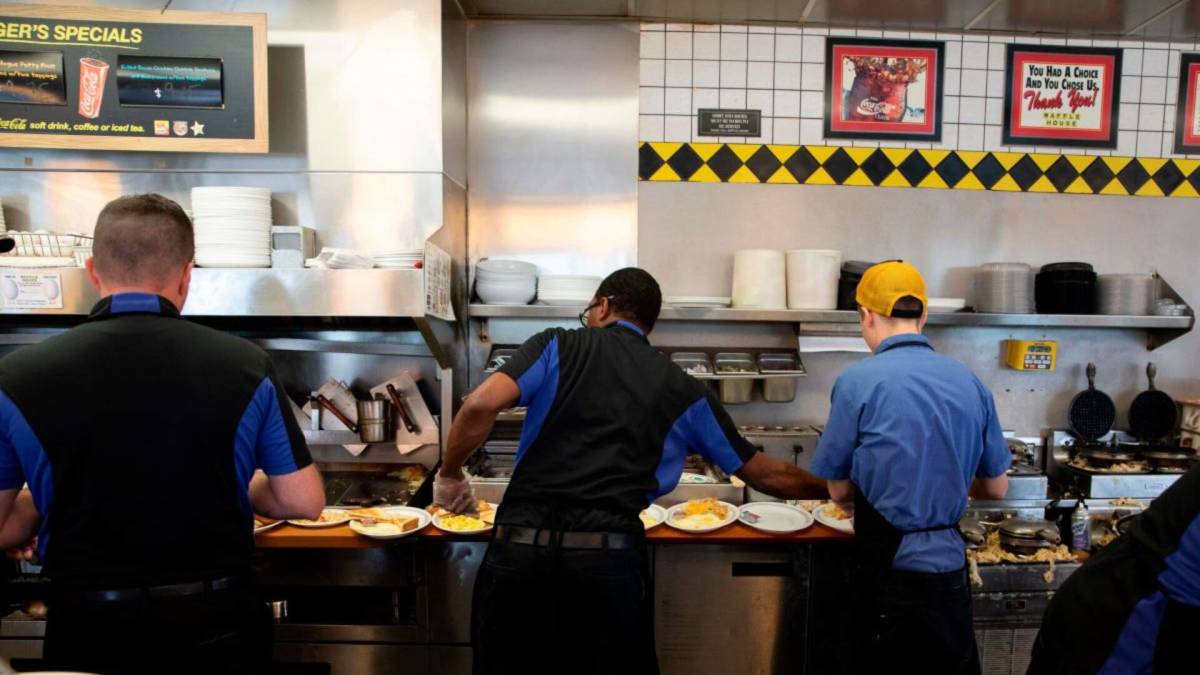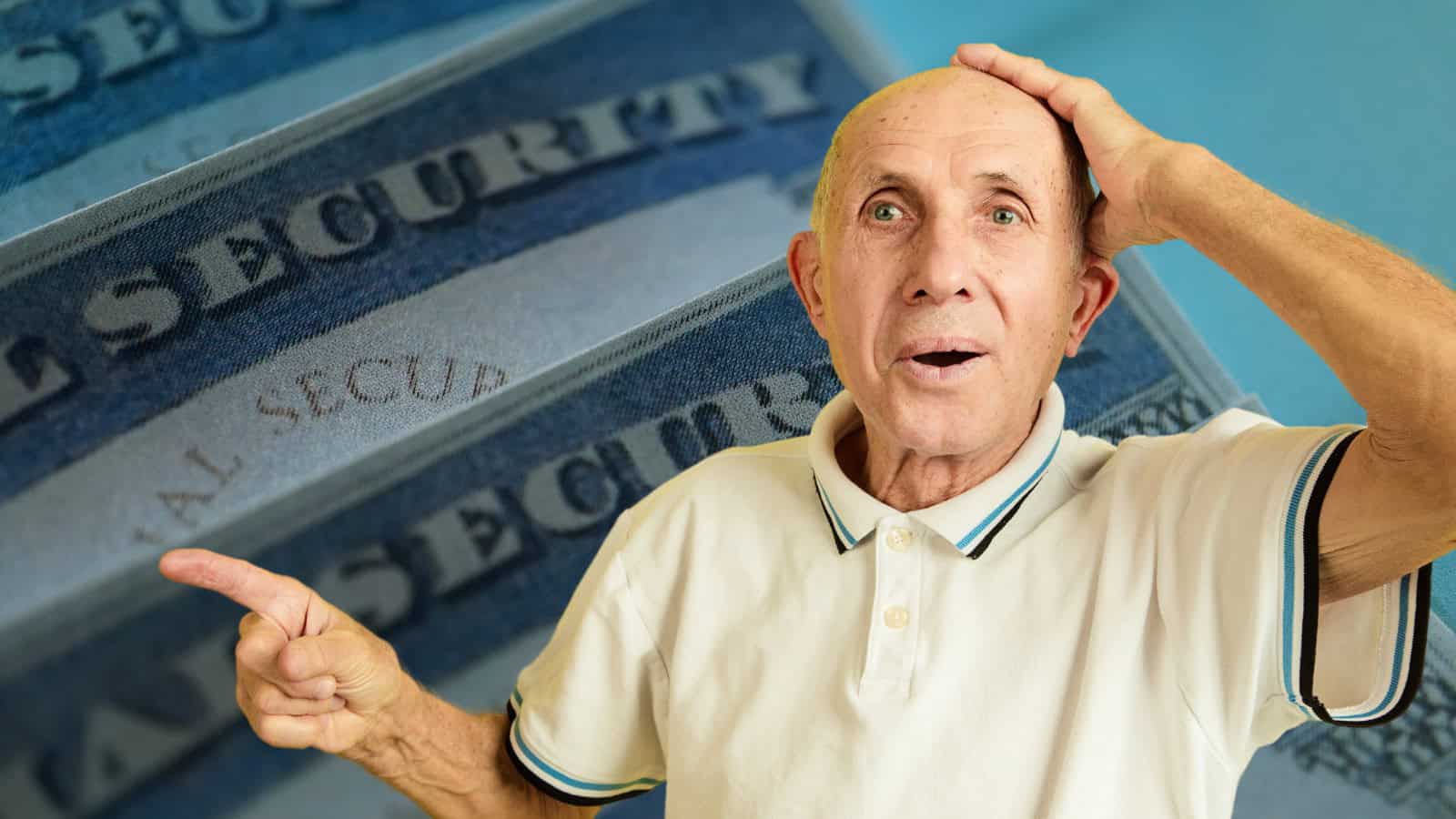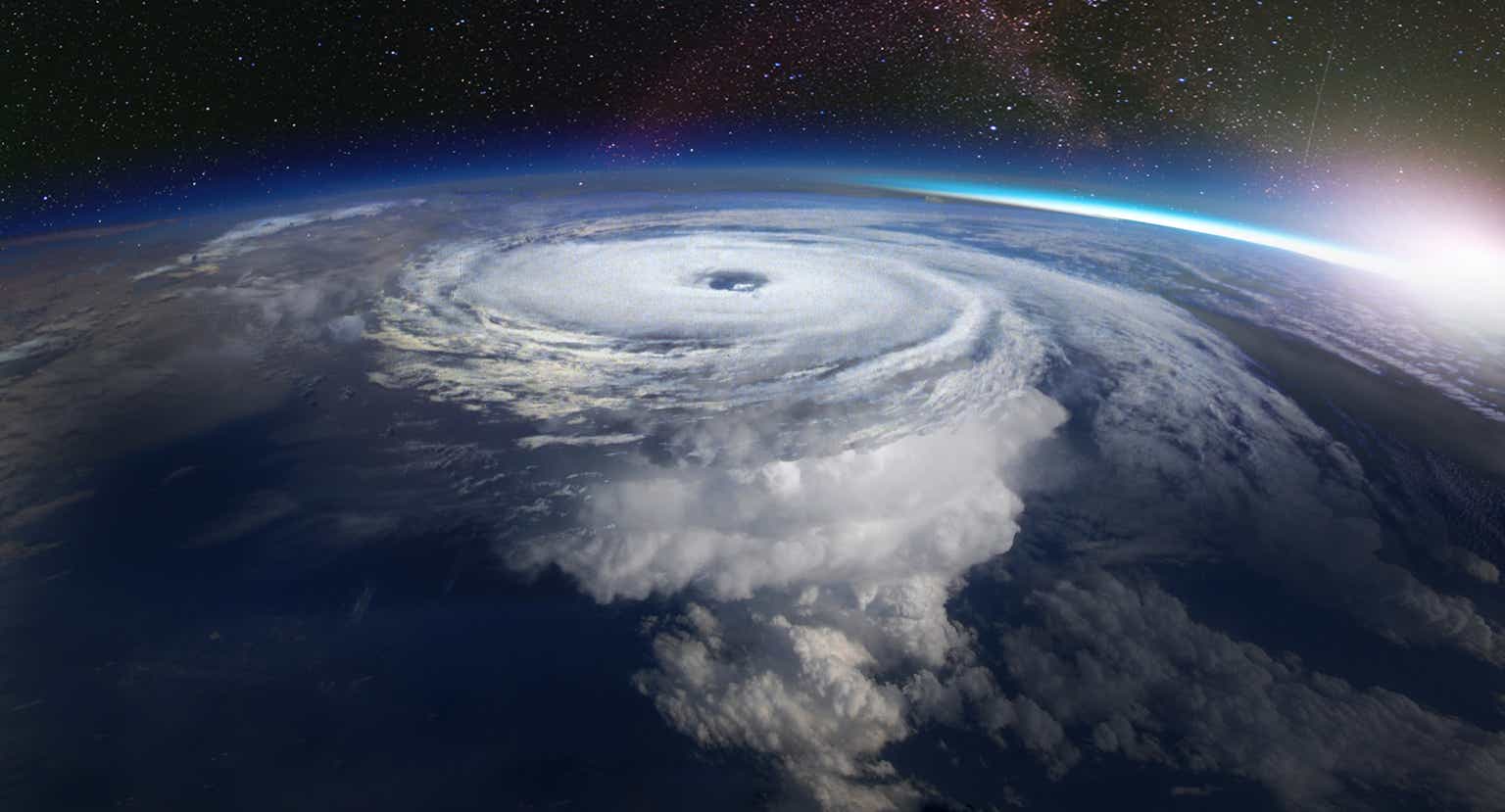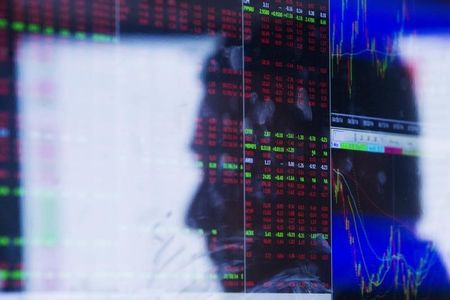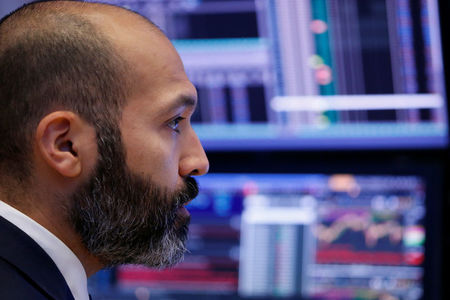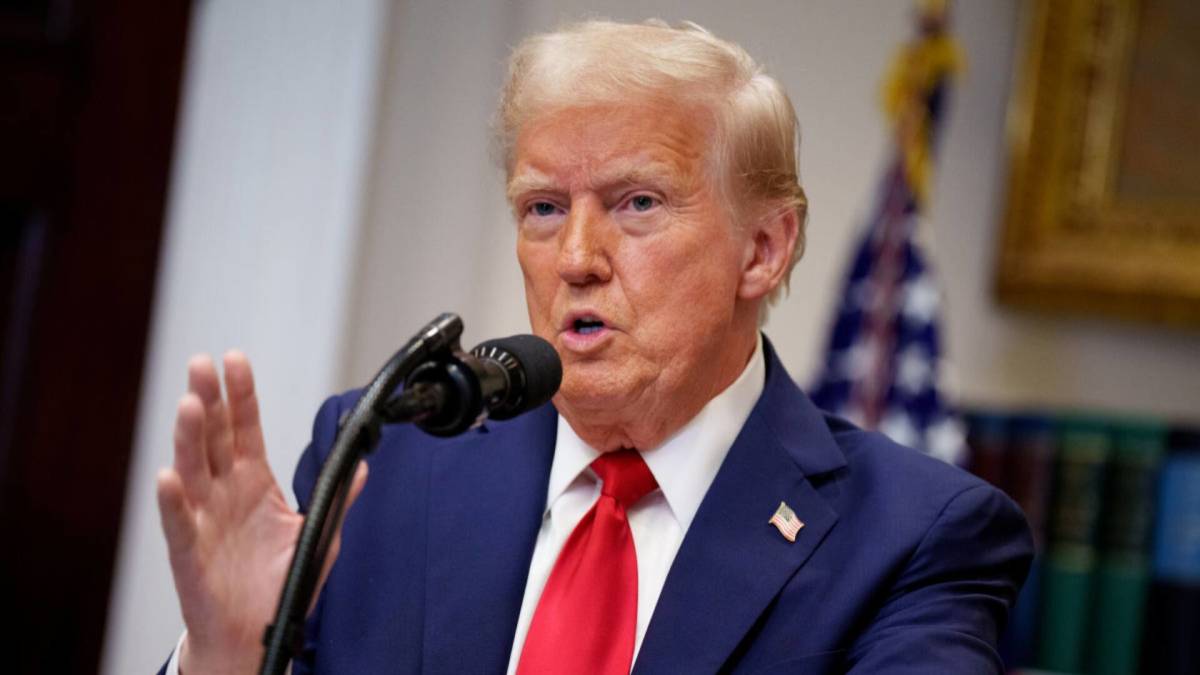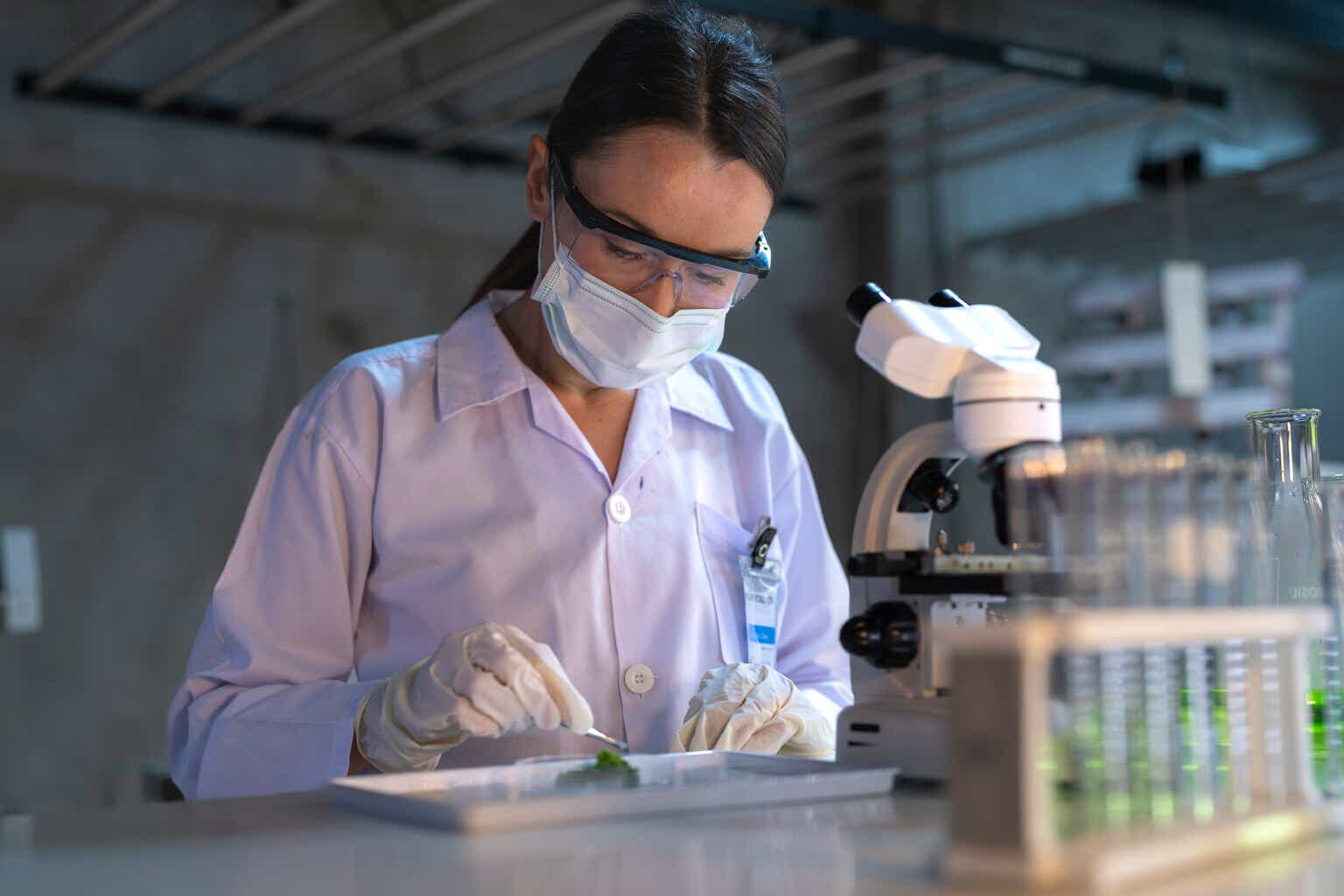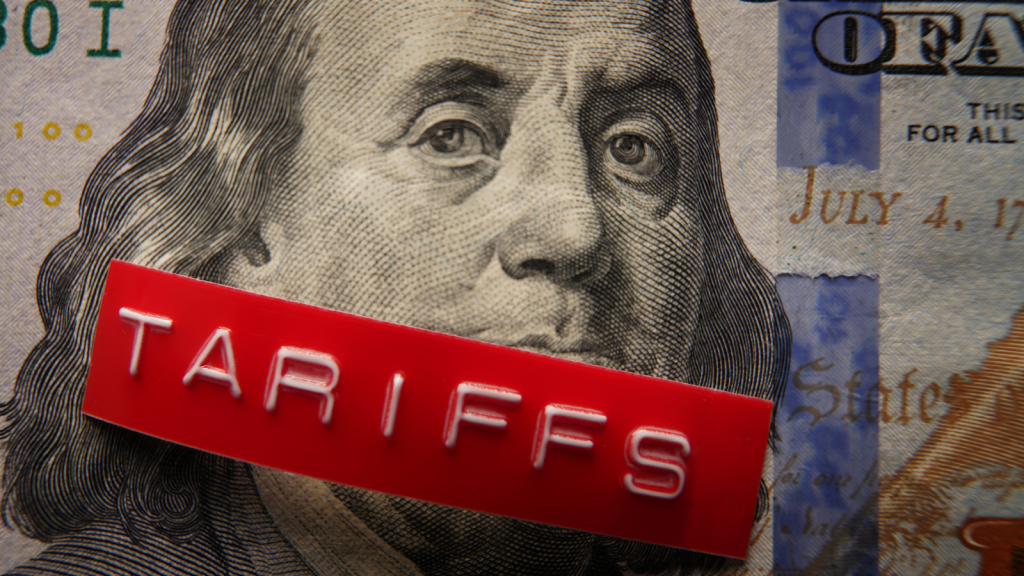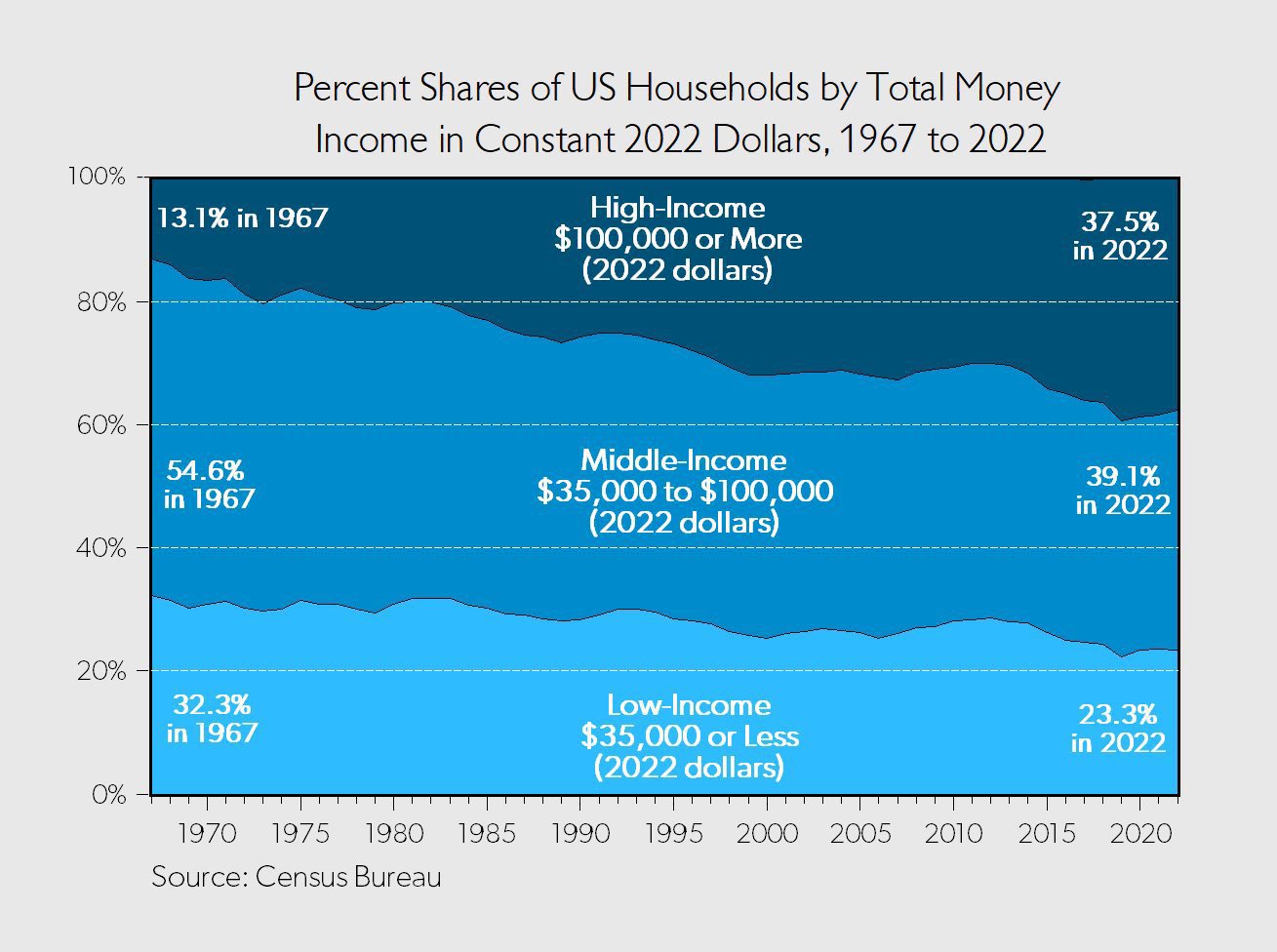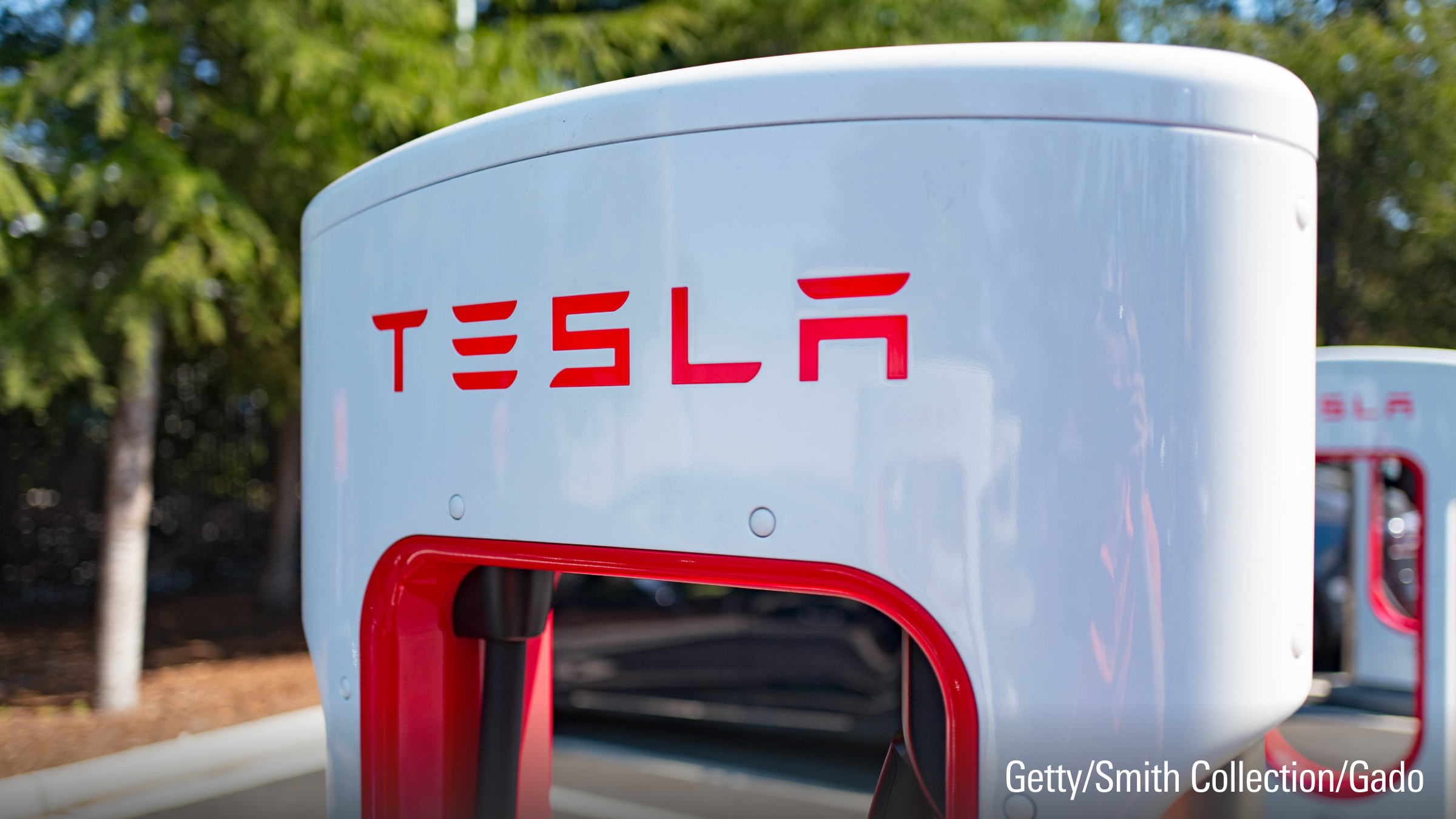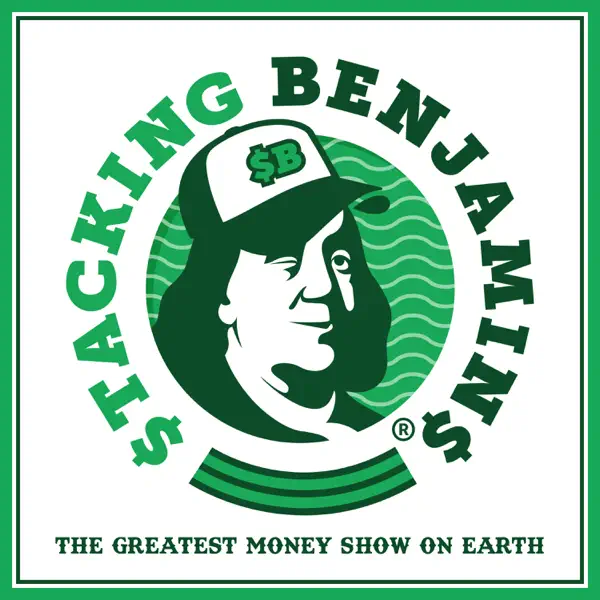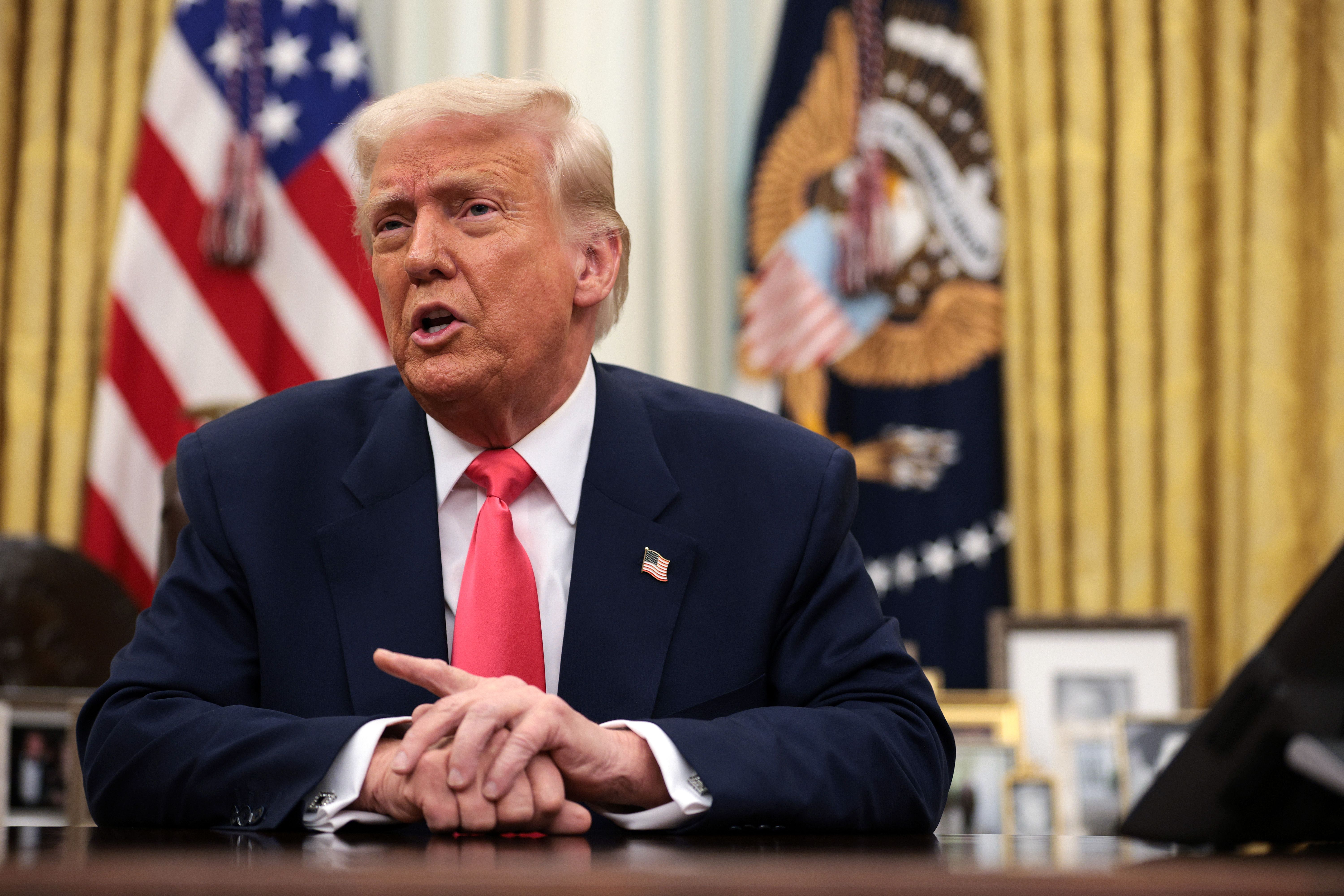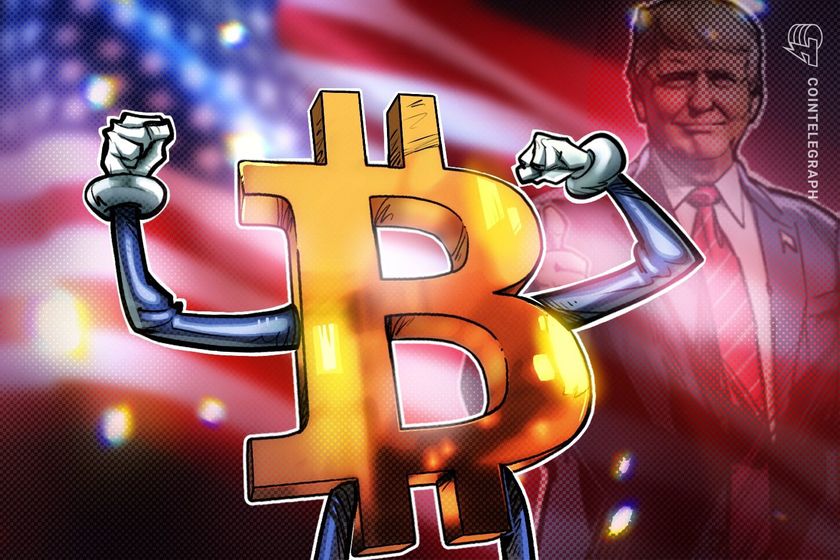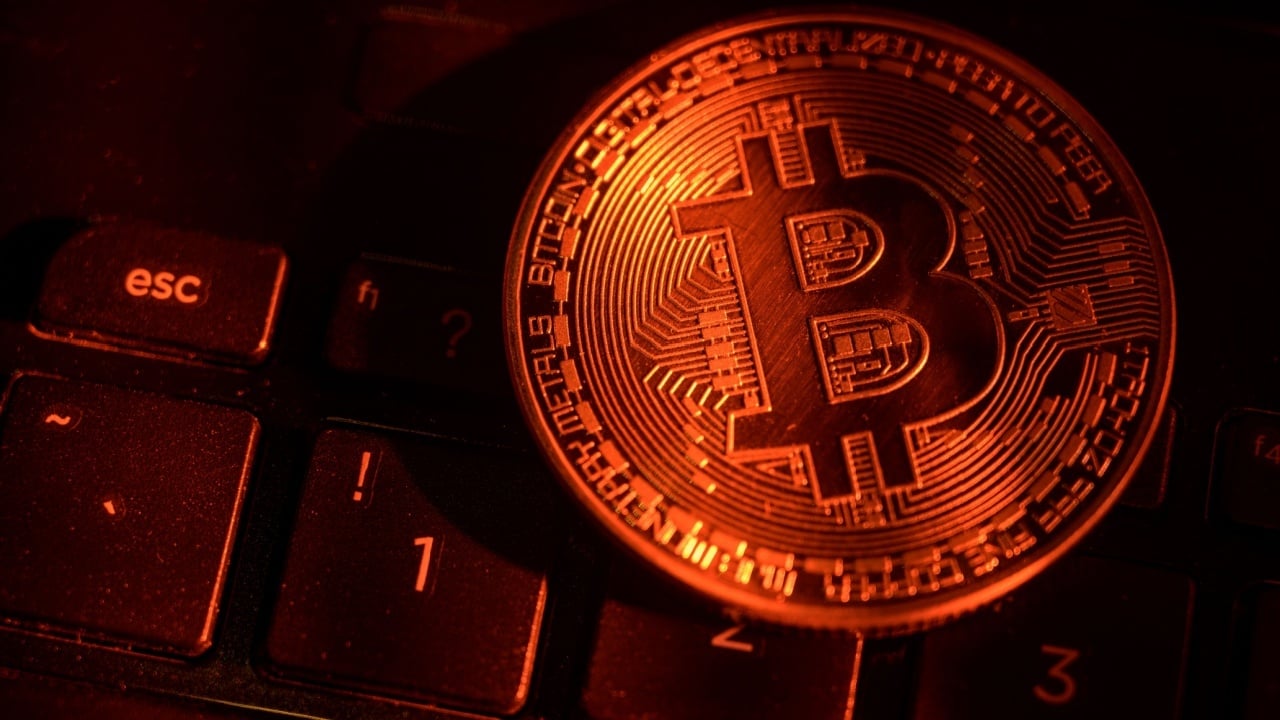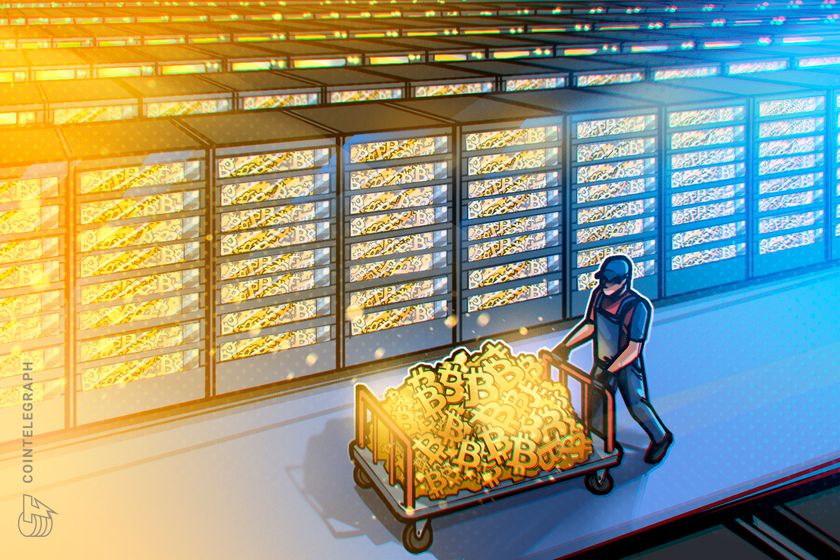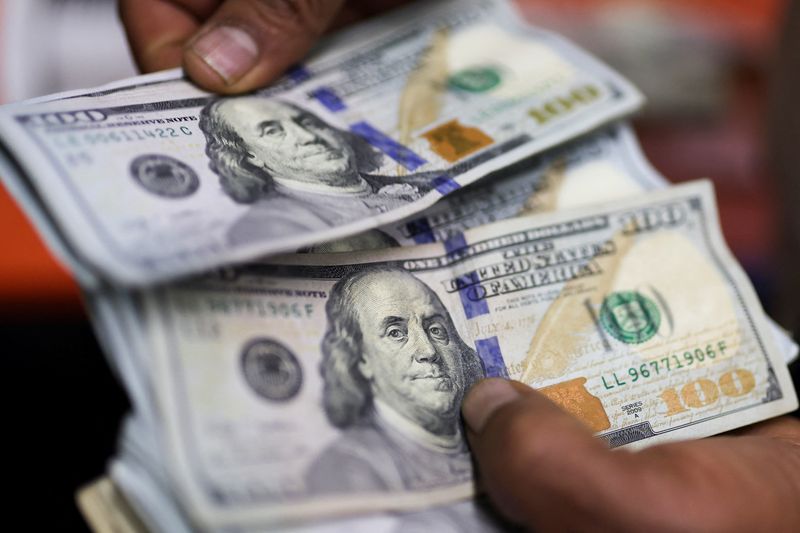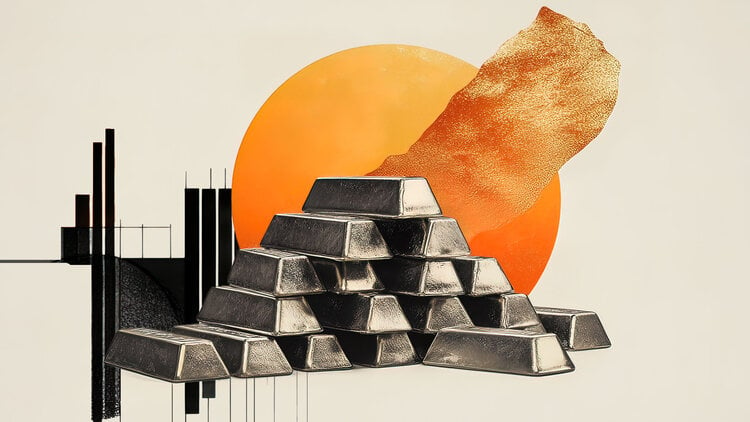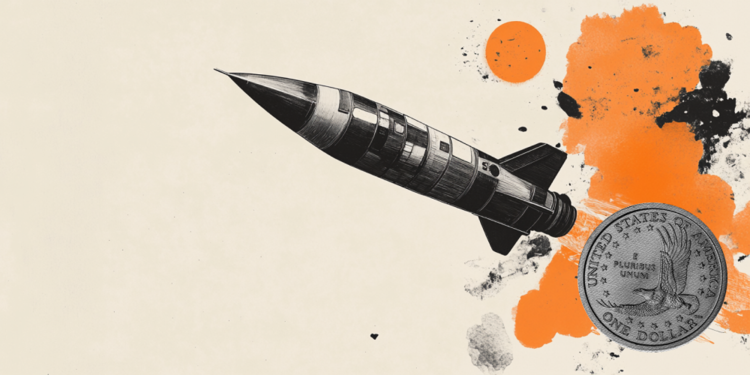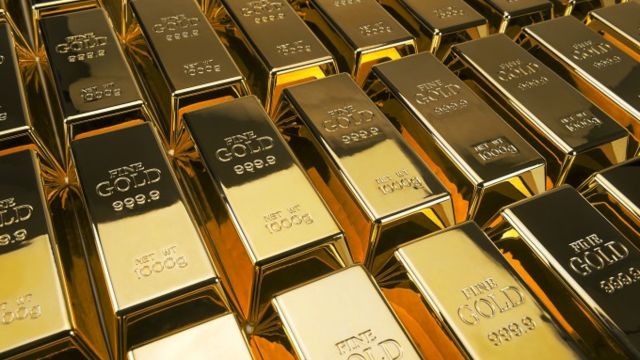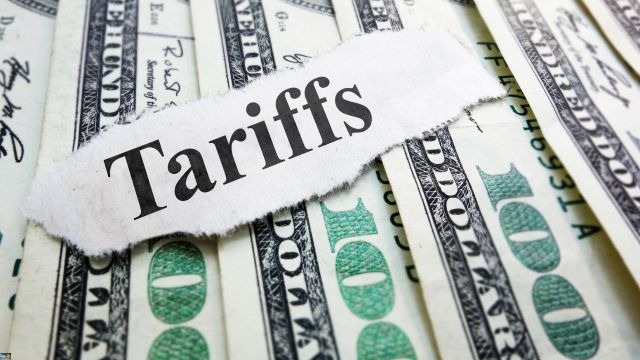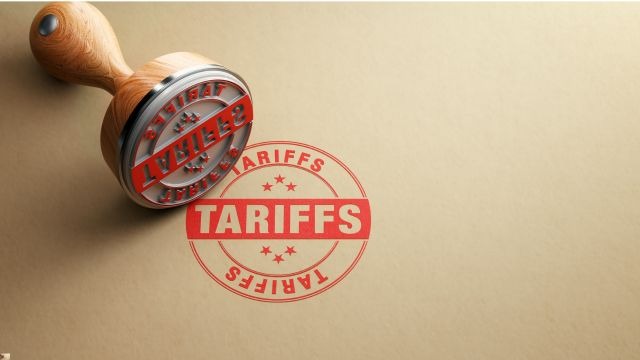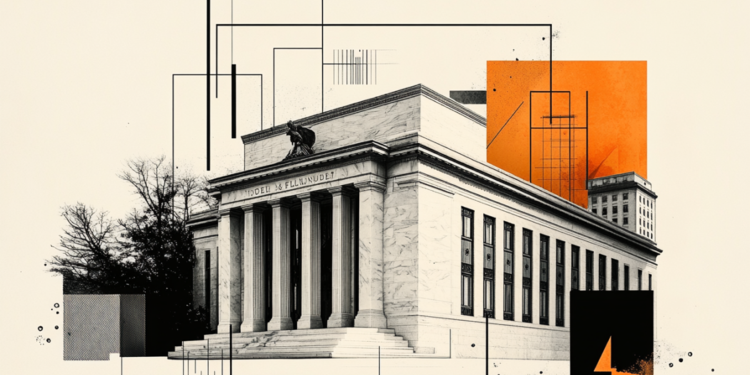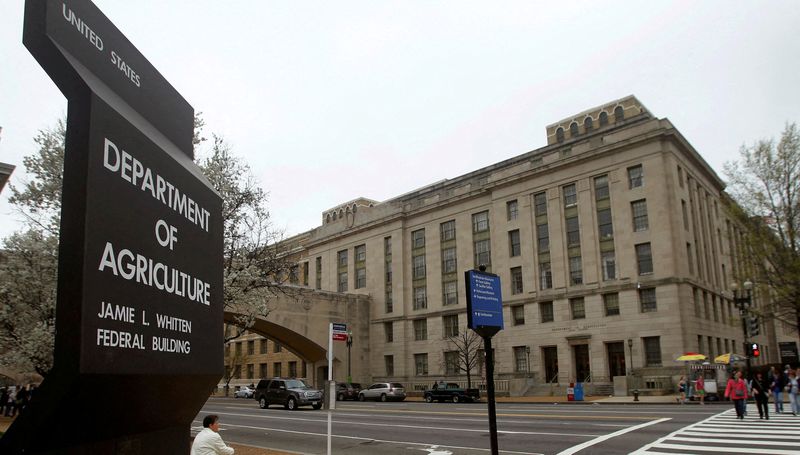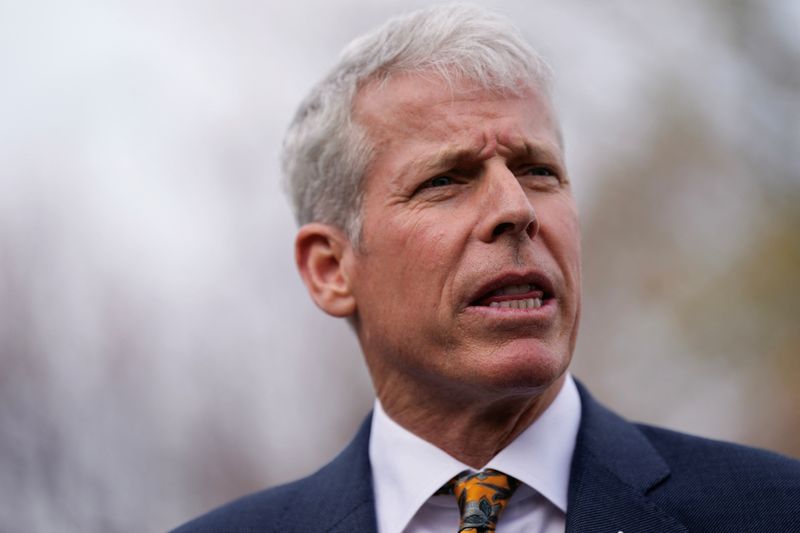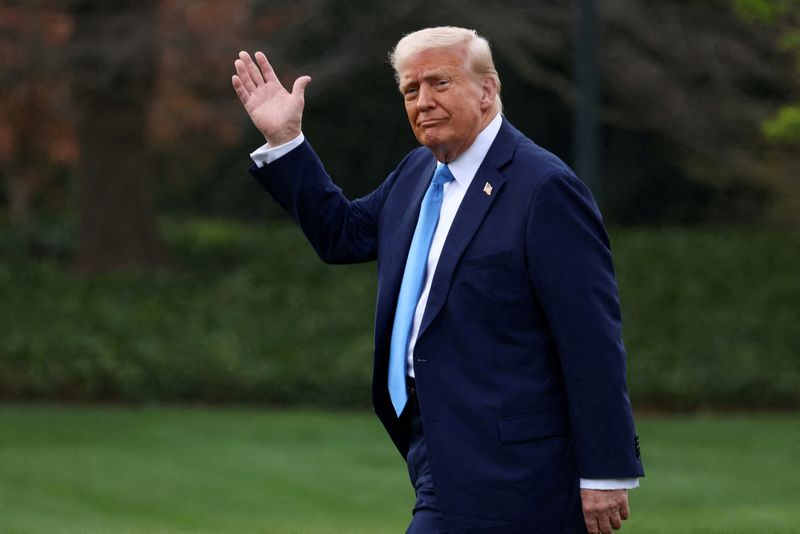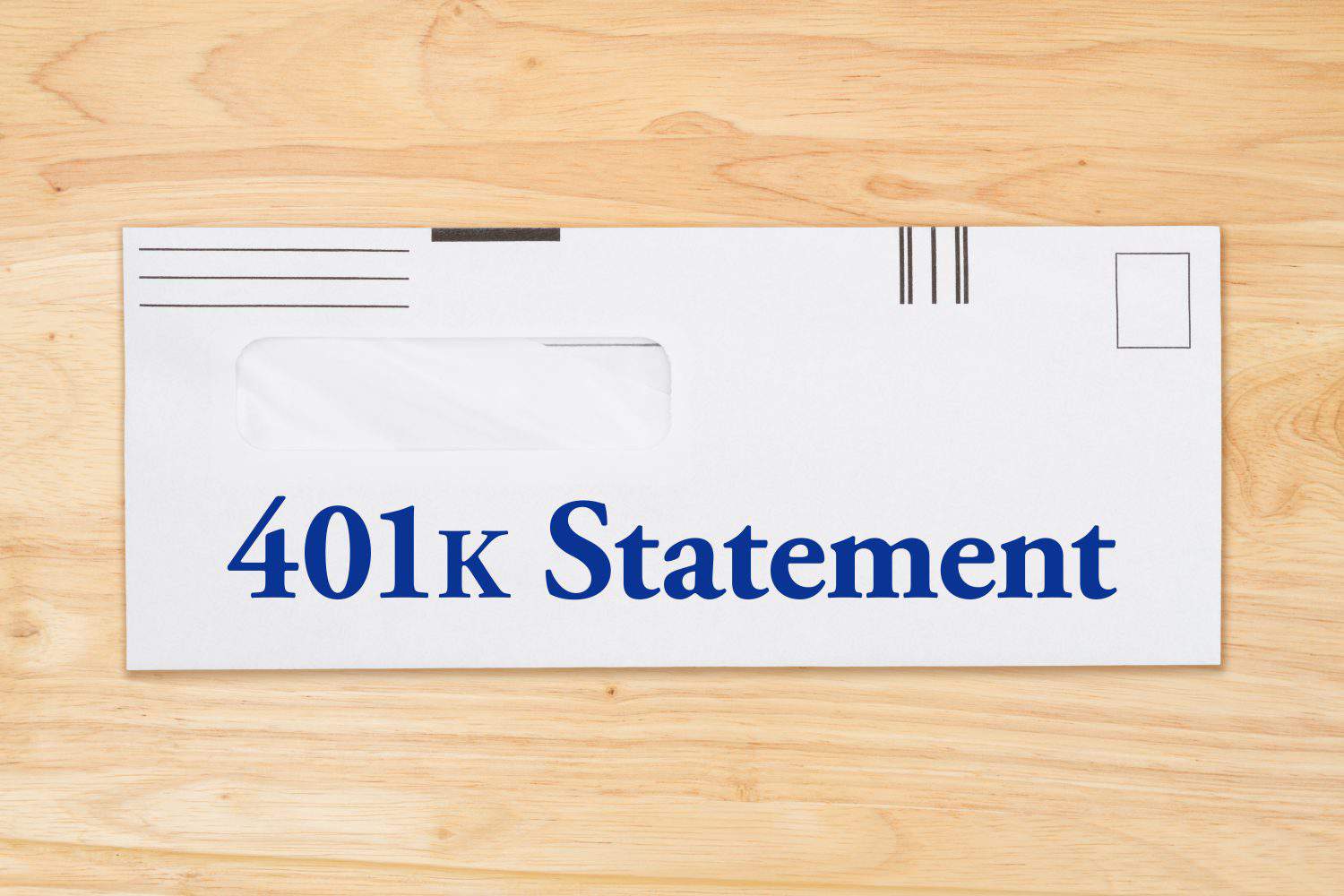The 20 Coolest Facts About the Manhattan Project
One of the most important projects of the 20th century was also one of the most daring and destructive, and it reshaped the world for the worse. This was, of course, the Manhattan Project, a top-secret, US-led World War II research effort that led directly to the development of the first atomic bomb. Ultimately used […] The post The 20 Coolest Facts About the Manhattan Project appeared first on 24/7 Wall St..
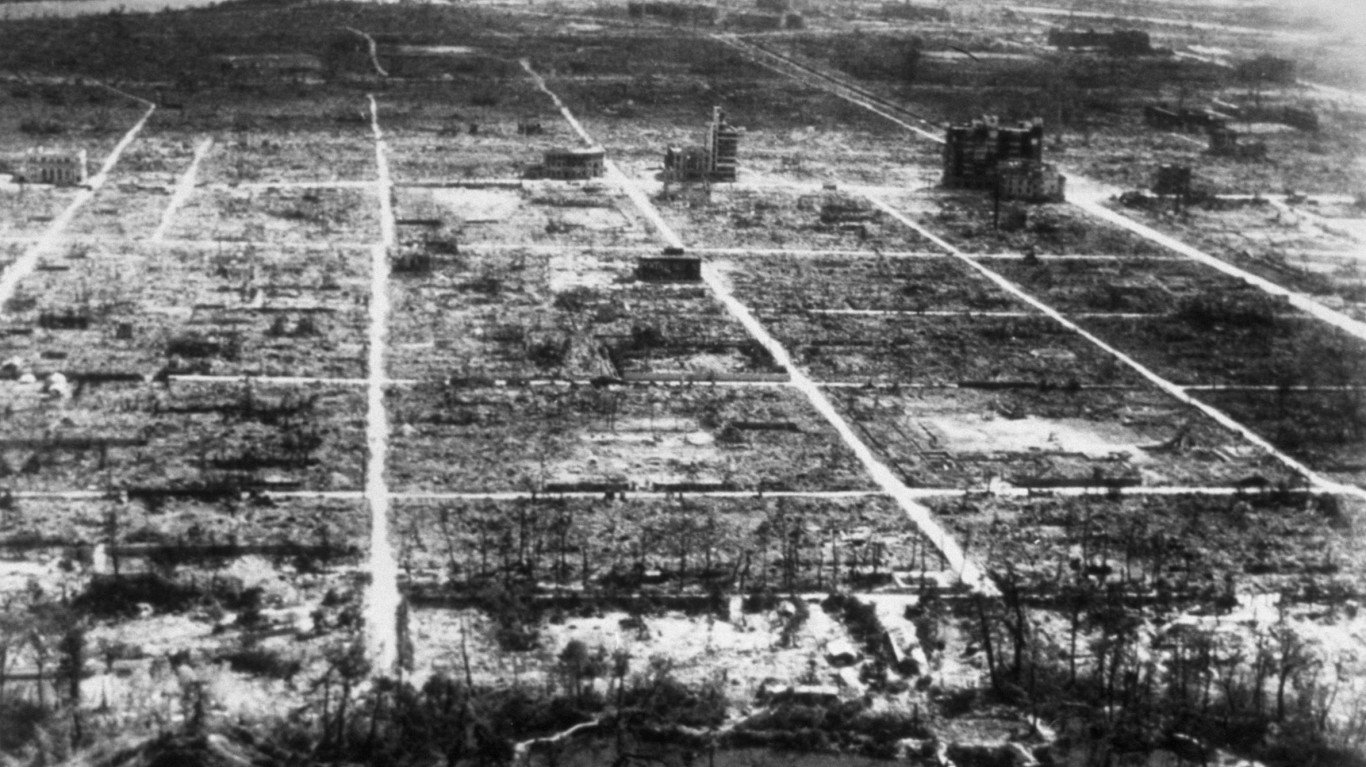
One of the most important projects of the 20th century was also one of the most daring and destructive, and it reshaped the world for the worse. This was, of course, the Manhattan Project, a top-secret, US-led World War II research effort that led directly to the development of the first atomic bomb.
The Manhattan Project was one of the most secretive efforts in United States History.
The secrecy around the Manhattan Project wasn’t even known to the Vice President.
None of the scientists knew how big the initial atomic test would be.
Are you ahead, or behind on retirement? SmartAsset’s free tool can match you with a financial advisor in minutes to help you answer that today. Each advisor has been carefully vetted, and must act in your best interests. Don’t waste another minute; get started by clicking here here.(Sponsor)
Key Points
Ultimately used twice to help end the war in the Pacific, the development of the atomic bomb and the work done through the Manhattan Project is still somewhat shrouded in mystery. This is still oddly true even with so much information available to the public, including some unique and cool facts.
20. Betting Pool

- Source: Wikipedia.com
During the Trinity Test, scientists were so unsure about the bomb’s actual yield that estimates ranged from 0 and a complete dud to 45 kilotons of TNT equivalent. The physicist who won guessed 18 kilotons, closest to the 20-kiloton explosion. Oppenheimer famously guessed 0.3 kilotons, which showed just how uncertain the team was about their work.
19. Atomic Energy Commission
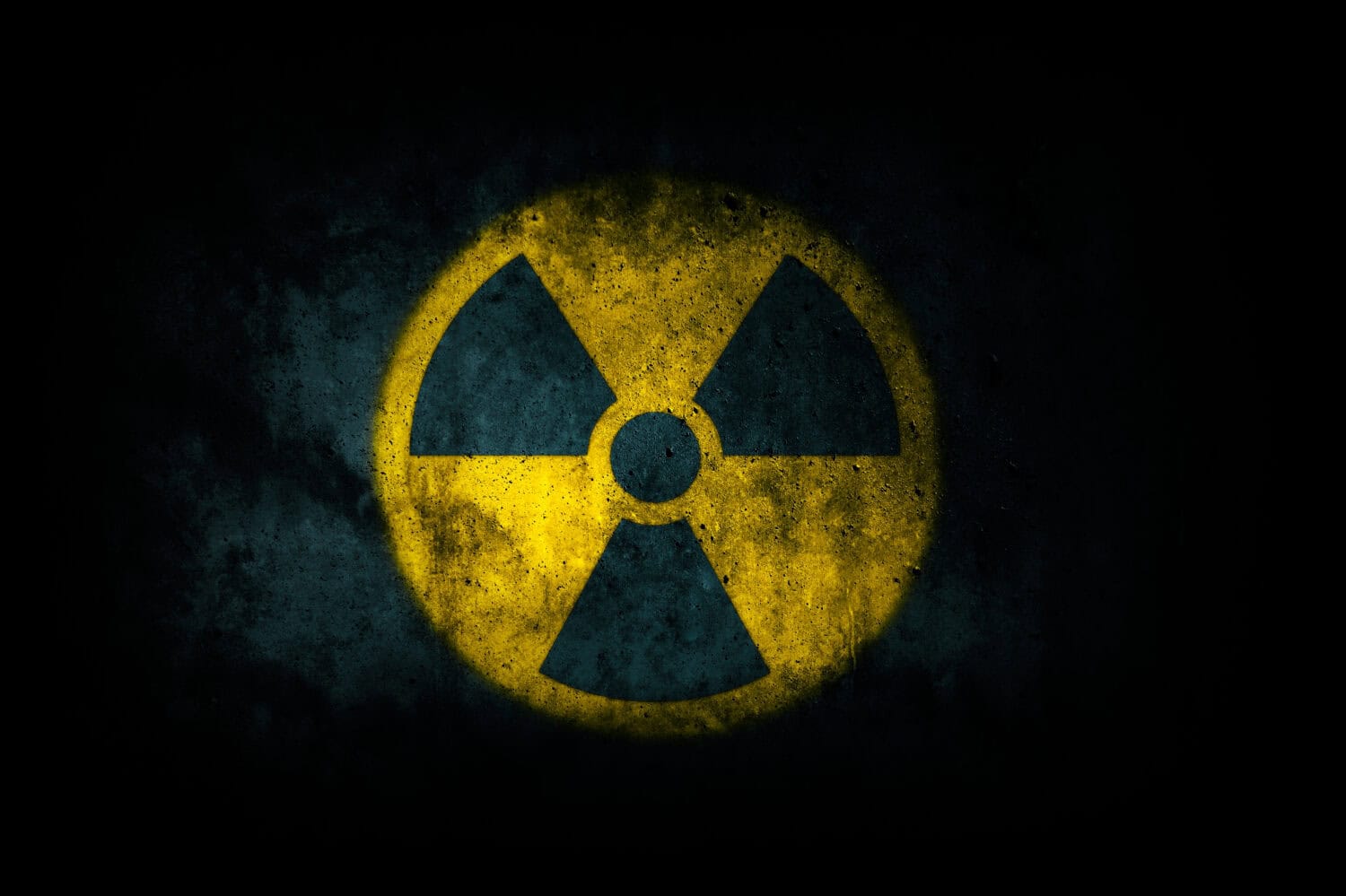
- Source: Historyisweird.com
At the end of the war, the United States Atomic Energy Commission was established in 1946 to help oversee the growing work around nuclear weapons and the nuclear industry. Oppenheimer was famously stripped of his AEC security clearance in 1954 when he publicly acknowledged regret for his work as part of Project Manhattan.
18. Presidential Petition

- Source: MentalFloss.com
In July 1945, several scientists wrote a letter to the President of the United States arguing the country should reveal the existence of the bomb and or test it somewhere that wouldn’t incur civilian casualties. The hope was that the existence of the weapon alone would be enough to force Japan to surrender.
17. Summer Camp
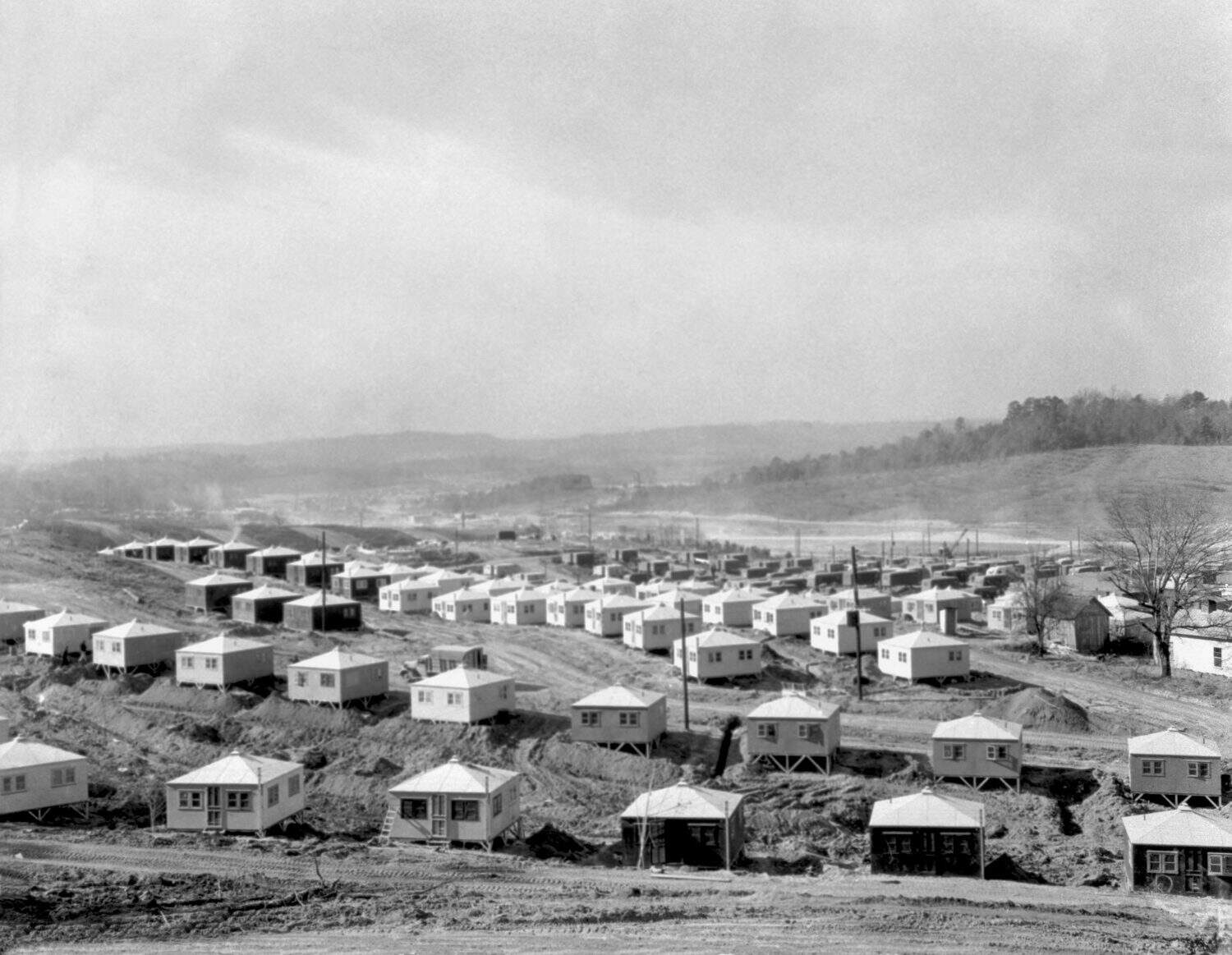
- Source: MentalFloss.com
To keep scientists and those working on the most secretive parts of the Manhattan Project engaged, family homes were built for those individuals with families and dormitories for single project officials. At the end of every six-day workweek, a party occurred complete with Oppenheimers’ famous martinis.
16. Doomsday Clock
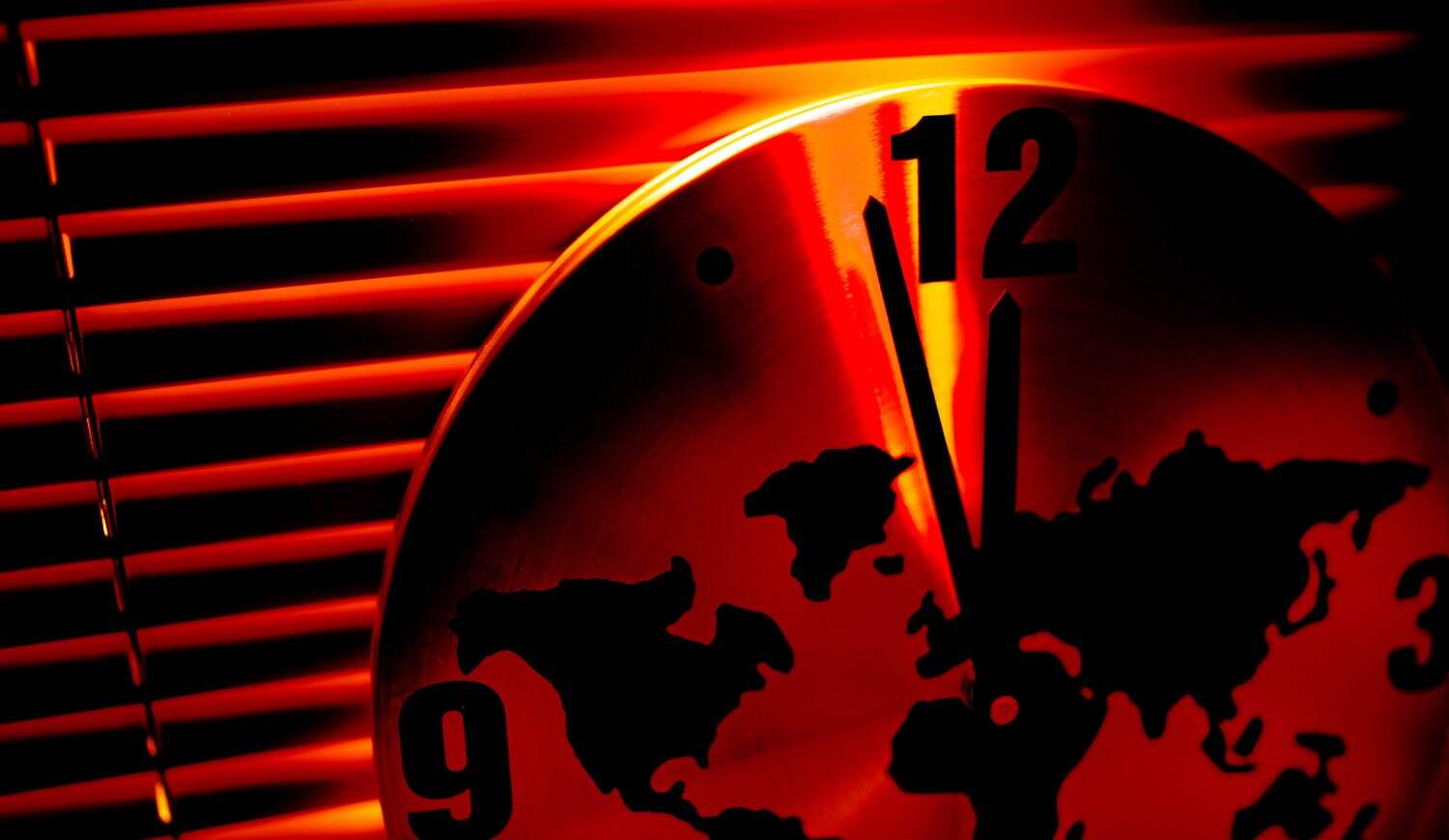
- Source: Listverse.com
Arguably the most famous clock in the world, the “Doomsday Clock” was developed due to the Manhattan Project. Beginning in 1947, it began measuring how close humanity was to destroying the world with its own man-made weapons, specifically the nuclear variety.
15. Medical Hope
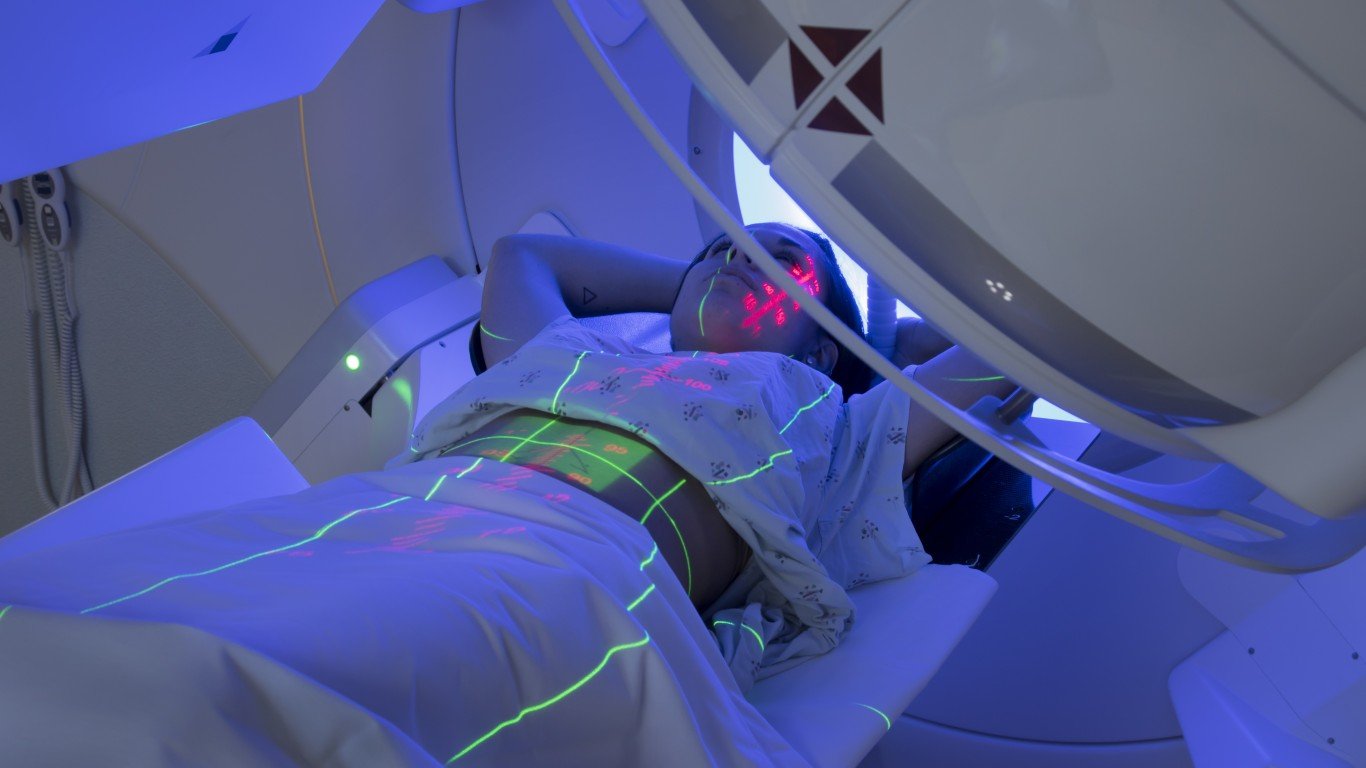
- Source: World Nuclear Association
In some strange way, the development of nuclear weapons would help with various medical purposes, including those associated with cancer treatment. Many scientists related to the Manhattan Project turned their attention to medical advancements post-war, including radiation therapy.
14. Test Cities

- Source: Smithsonian Magazine
Working in secret, the US Army built full-scale replicas of both German and Japanese neighborhoods in Utah. These “test cities” were used to see how structures would respond to nuclear explosions in an effort for the US to develop the best possible bombing strategy, including both conventional and atomic weapons.
13. “Demon Core”
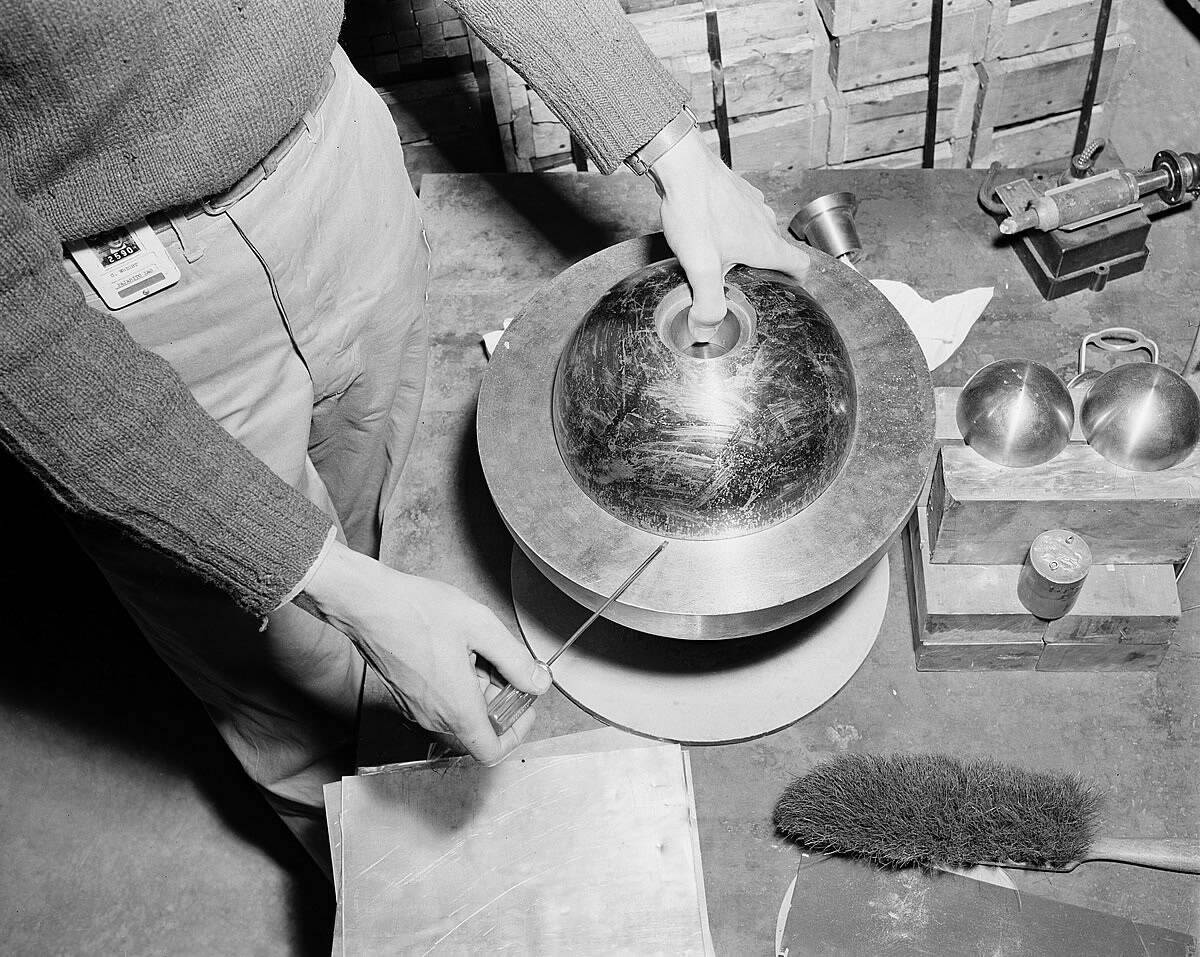
- Source: Scientific American
Known as the “Demon Core,” this 6.2-kilogram plutonium sphere caused two fatal accidents in 1945 when two physicists died after attempting work with this specific sphere. Originally intended to be used with a third atomic bomb, the “demon core” was eventually melted down after the two deaths.
12. J. Robert Oppenheimer
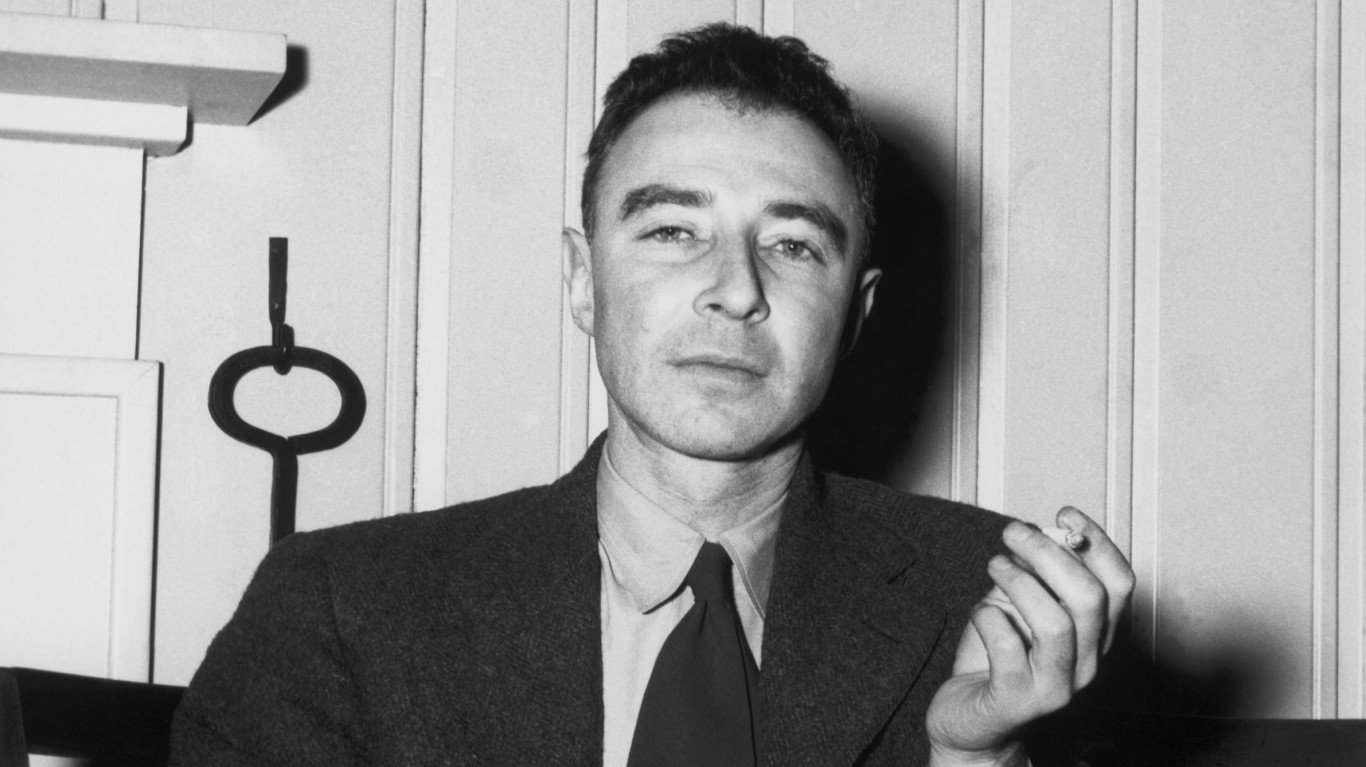
- Source: History.com
Ironically, J. Robert Oppenheimer, the figure best associated with the Manhattan Project, was almost kicked off after attending left-wing Communist meetings in the 1930s. However, General Leslie Groves insisted on keeping Oppenheimer, who was crucial to the project’s success.
11. Vice President
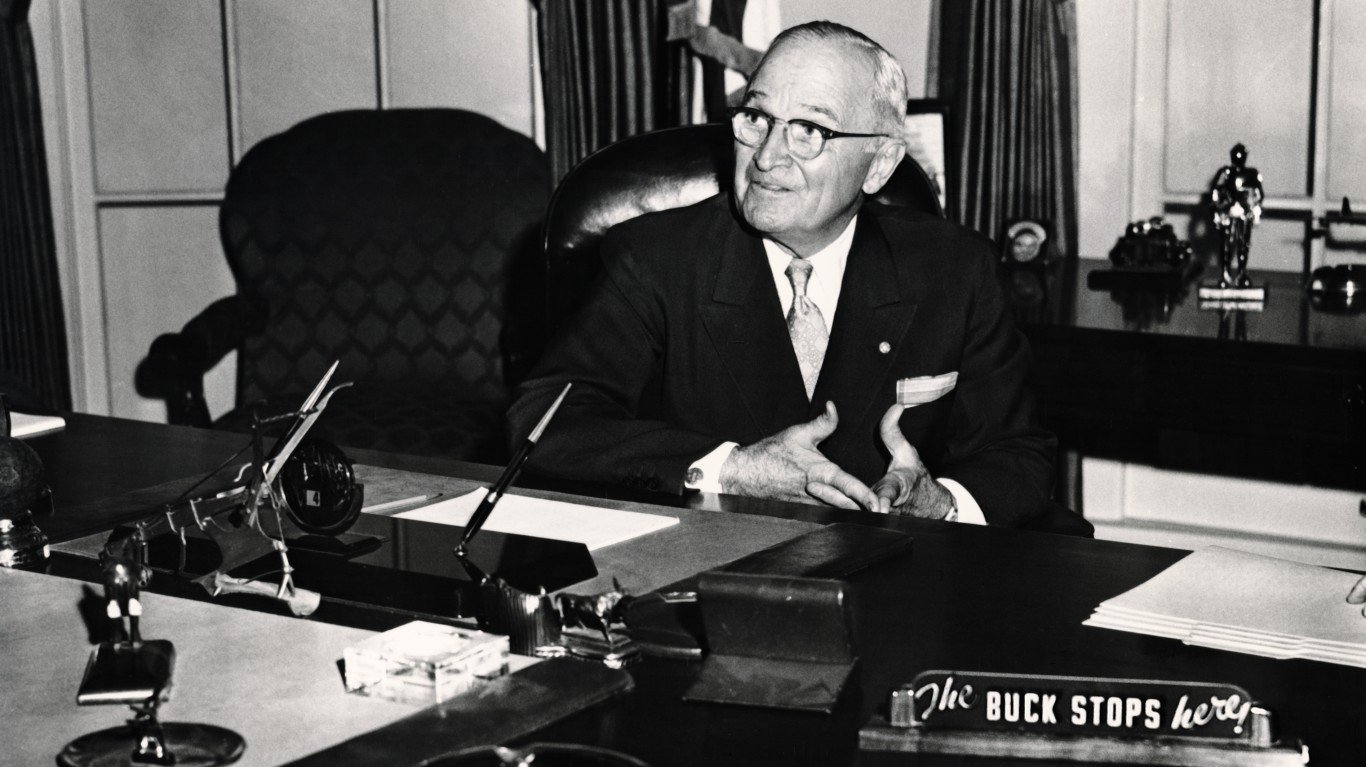
- Source: Historyisweird.com
Many people will be surprised to learn that Vice President Harry S. Truman was surprisingly unaware of the Manhattan Project. He didn’t know about its existence until he assumed the office of president following President Roosevelt’s death in 1945. This demonstrates the extraordinary lengths the US went to to preserve secrecy around the project.
10. Nuclear Arms Race
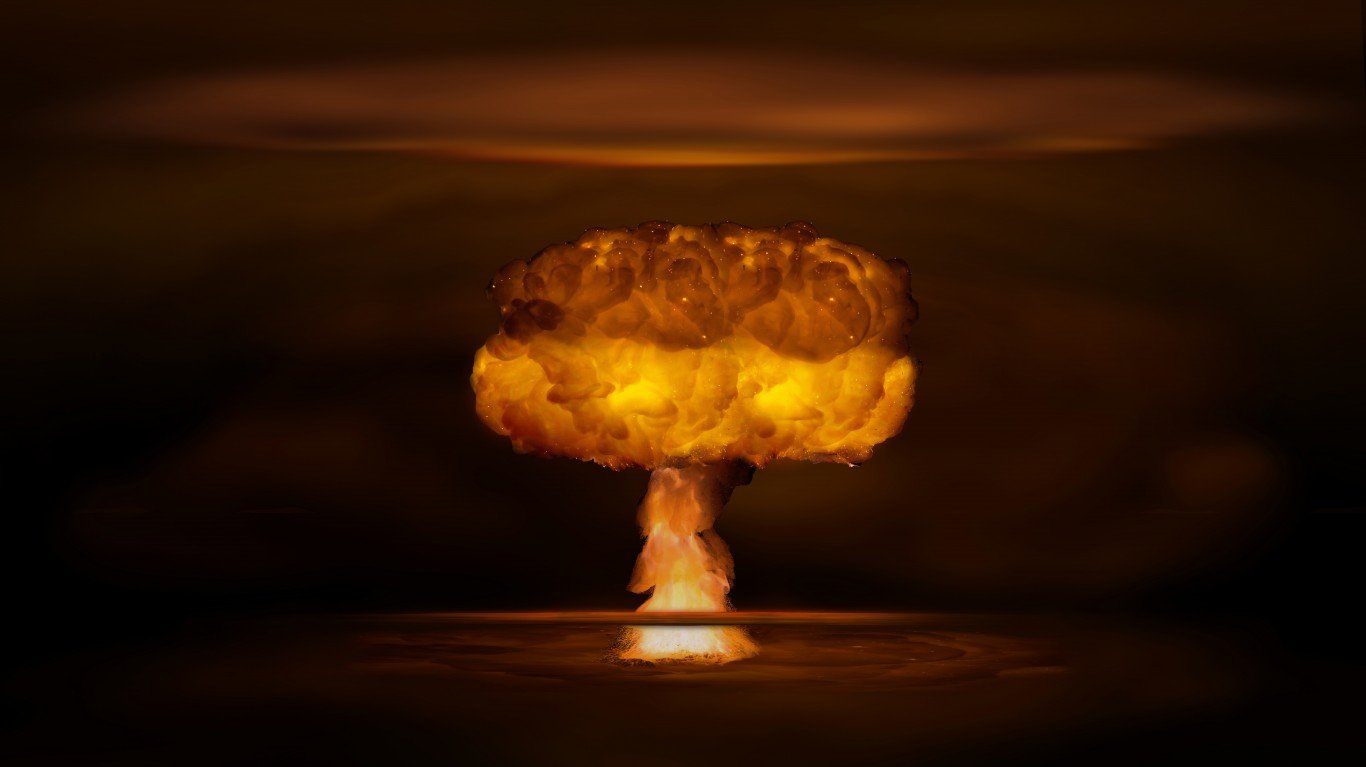
- Source: Historyisweird.com
As soon as the bombs were dropped on Japan, the nuclear arms race began almost immediately and laid the path for the US and Soviet Union to start its “Cold War.” The result was that other nations, including the Soviet Union, went all-in on developing their atomic weapons so as not to have the US be the lone world superpower.
9. Trinity Test
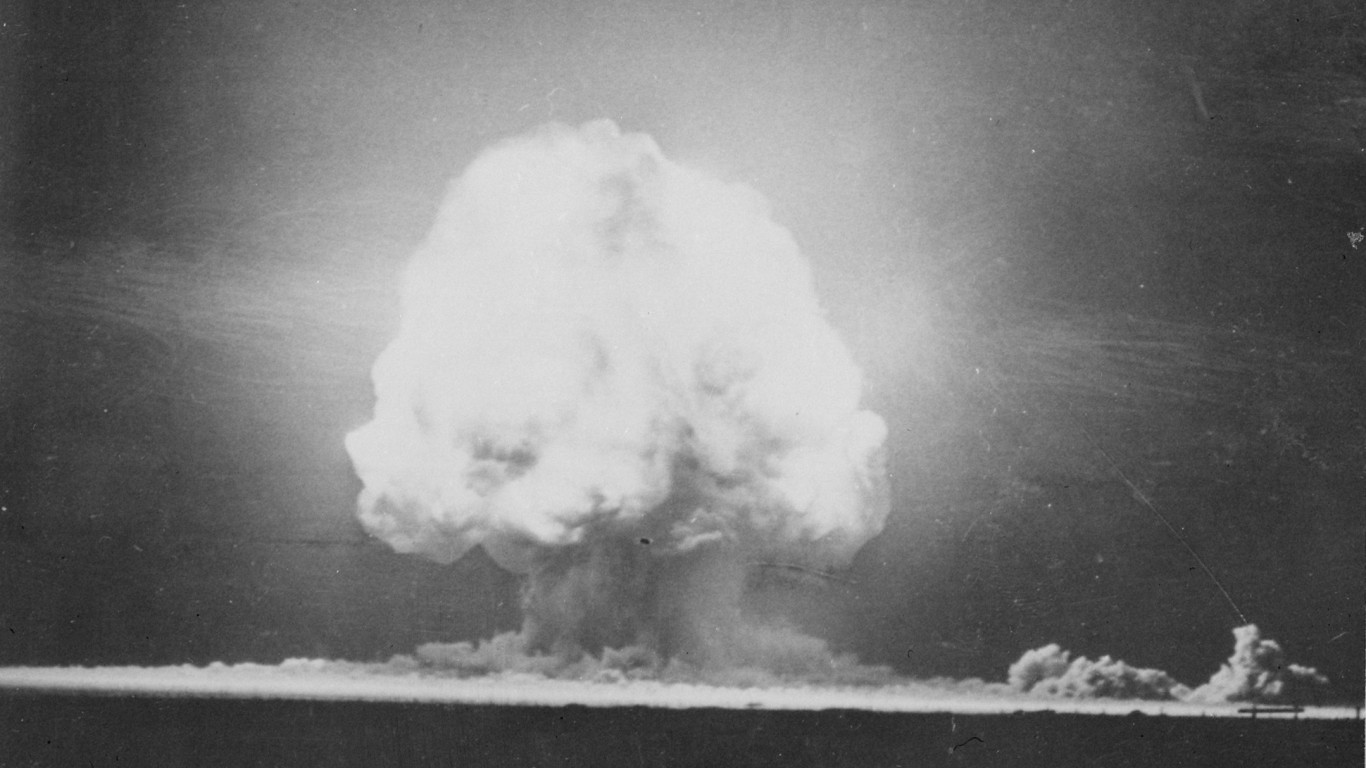
- Source: Listverse.com
Known as the “Trinity Test,” this was one of the major Manhattan Project milestones. It occurred on July 16, 1945, and is widely considered the start of the “atomic era.” The US was concerned about public attention related to the test, so press releases were drafted if the test went catastrophically wrong.
8. Soviet Infiltration

- Source: Listverse.com
Unsurprisingly, secrecy around the Manhattan Project was intense, so the FBI did everything in its power to stop German and Japanese infiltration. Unfortunately, even though the Soviet Union was a loose “ally” at the time, it still infiltrated the project and, in some cases, sent back critical information from individuals like Klaus Fuchs, one of the most successful Soviet spies.
7. “Moles In The Dark”

- Source: Ohfact.com
When the Life magazine article came out before the bombings, only a few dozen men in the country knew the full extent of what the Manhattan Project was doing. An additional few thousand people only knew that work involving atoms was involved. The remaining 100,000 workers were said to “work like moles in the dark” according to the publication.
6. Project Cost
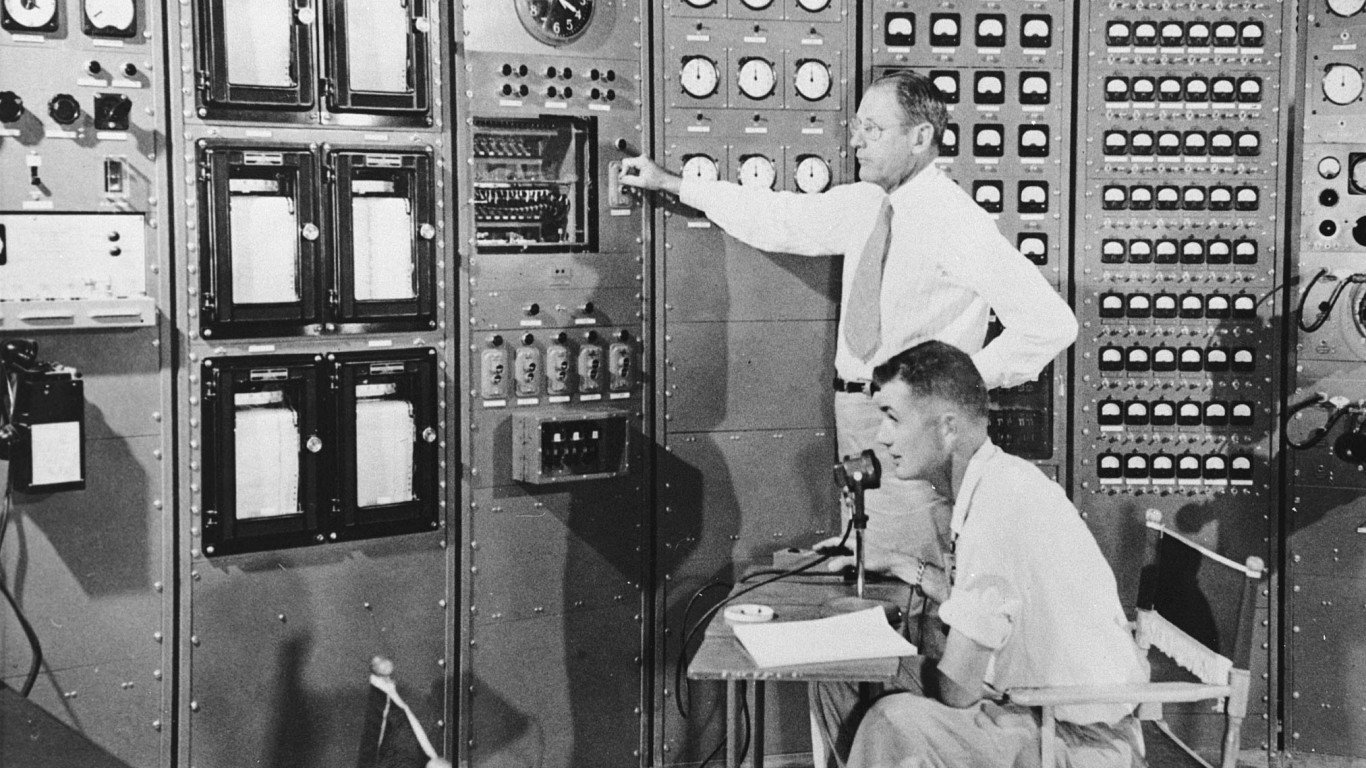
- Source: Ohfact.com
By 1945, more than $2 billion had been spent on the Manhattan Project, equivalent to over $35 billion in 2025 dollars. Ironically, building all the facilities and fissionable materials accounted for more than 90% of the spend, and less than 10% was spent on developing weapons.
5. Fat Man
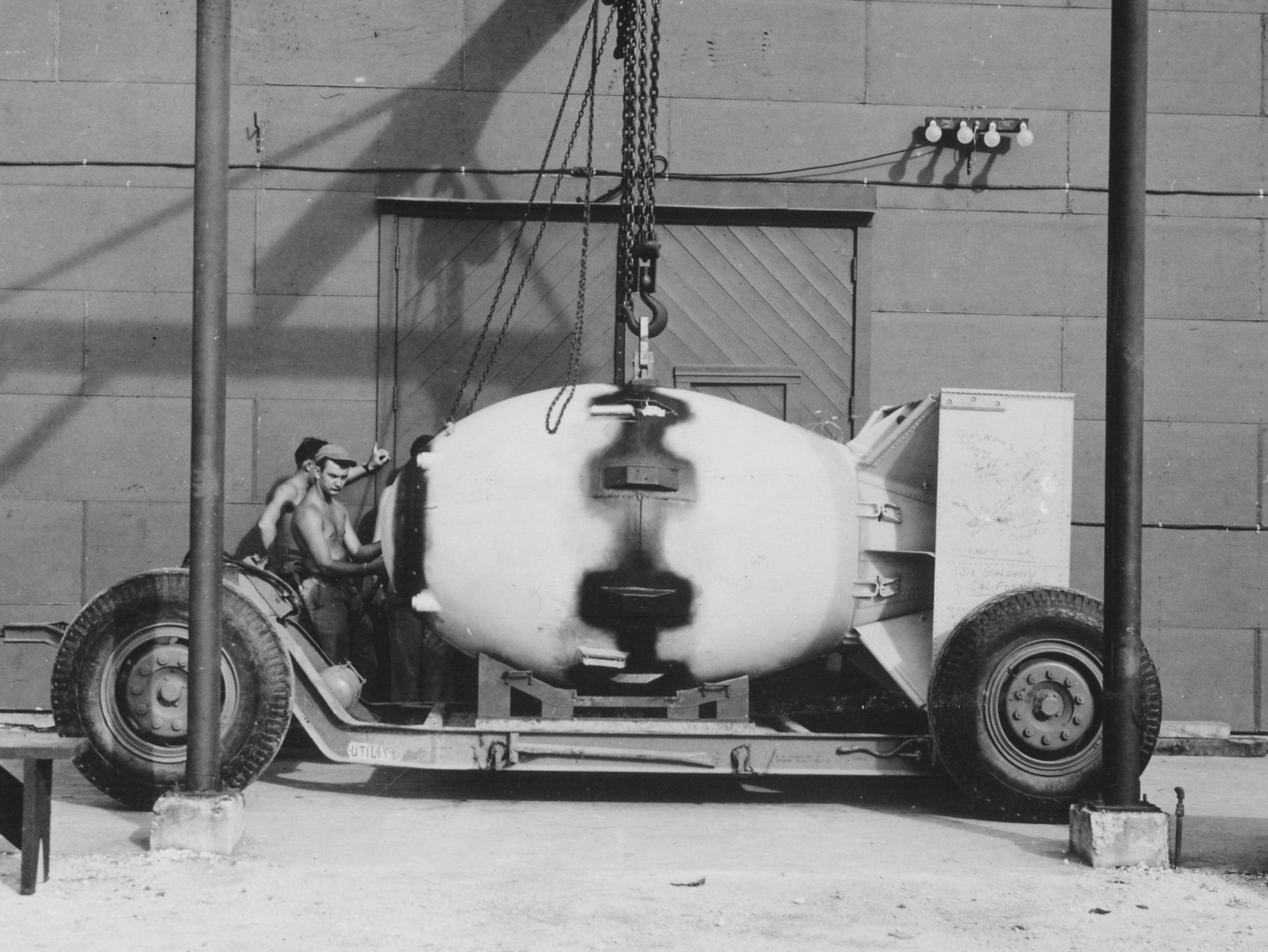
- Source: Ohfact.com
The name of the second bomb that exploded over Nagasaki was nicknamed “Fat Man,” which was developed from plutonium. The moment it exploded, it destroyed over 44% of the city, taking the lives of more than 40,000 people and leaving more than 60,000 seriously injured.
4. Little Boy

- Source: Ohfact.com
In a twisted turn of events, the name of the bomb made of Uranium-235 was nicknamed “Little Boy,” which was a gun-shaped fission weapon that exploded over Hiroshima, taking the lives of over 265,000 Japanese residents, including instantly killing 75,000 people.
3. Lots Of Staff
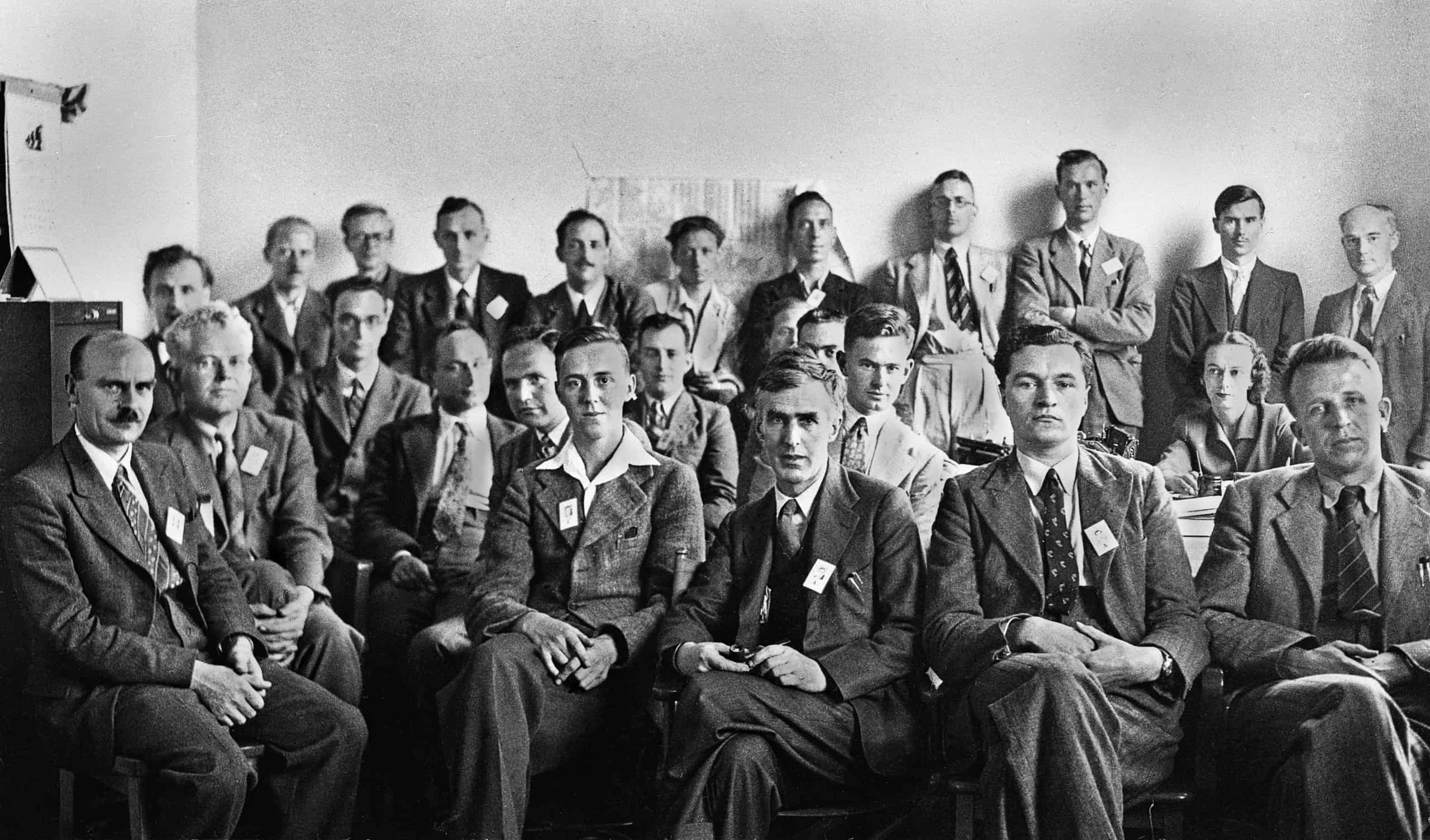
- Source: Historyhit.com
At its height, the Manhattan Project employed a massive number of people. The peak number is around 130,000, including engineers, construction workers, military personnel, physicists, and many other workers, many of whom had no idea what they were working on.
2. Not Really New York
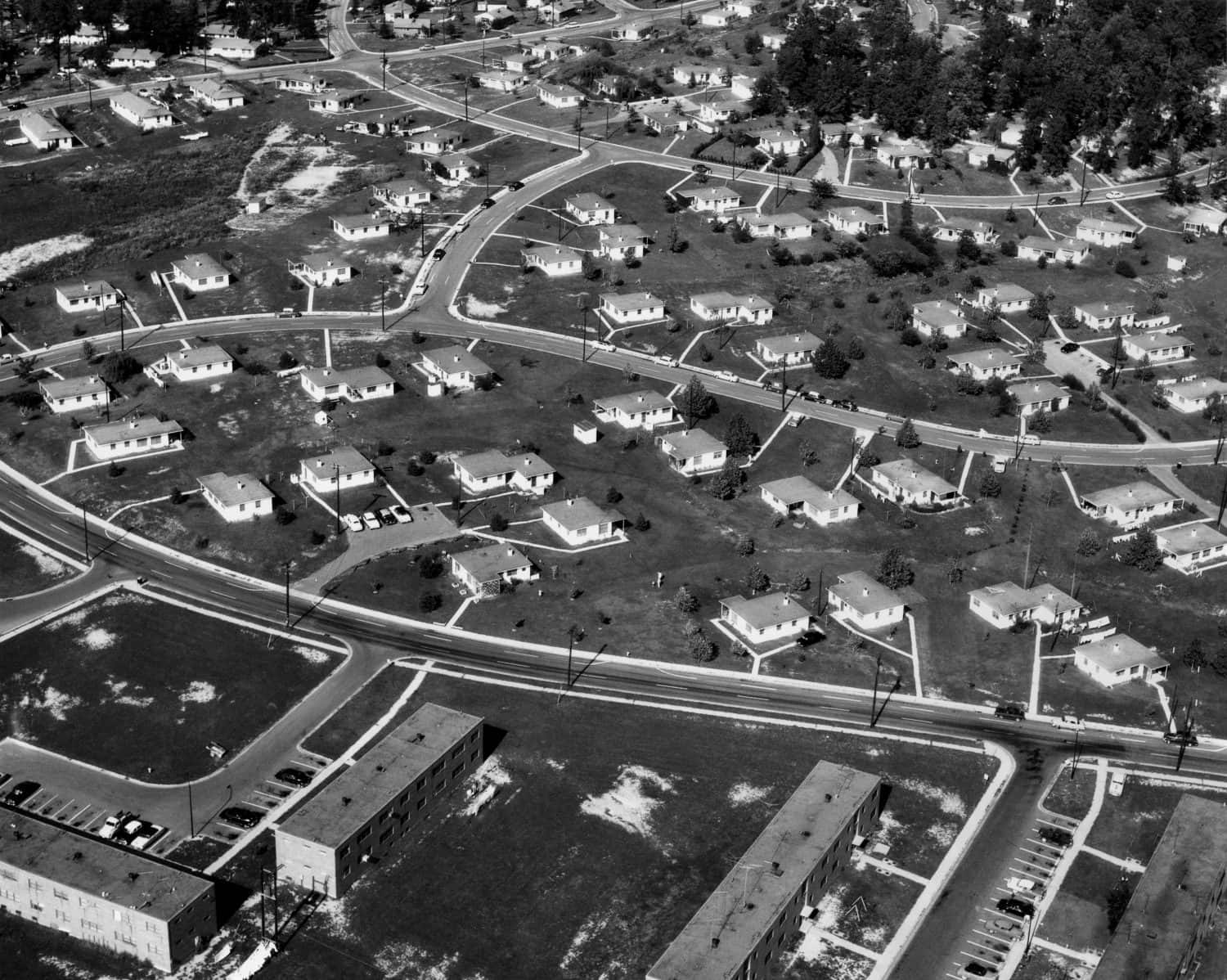
- Source: Wikipedia
Ironically, even with the name of the Manhattan Project, most people wrongly believe that much of the work happened in New York. The reality is that most of the work took place, famously, at Los Alamos in New Mexico, Hanford, Washington, or Oak Ridge, Tennessee, with multiple locations required to avoid German detection.
1. Albert Einstein
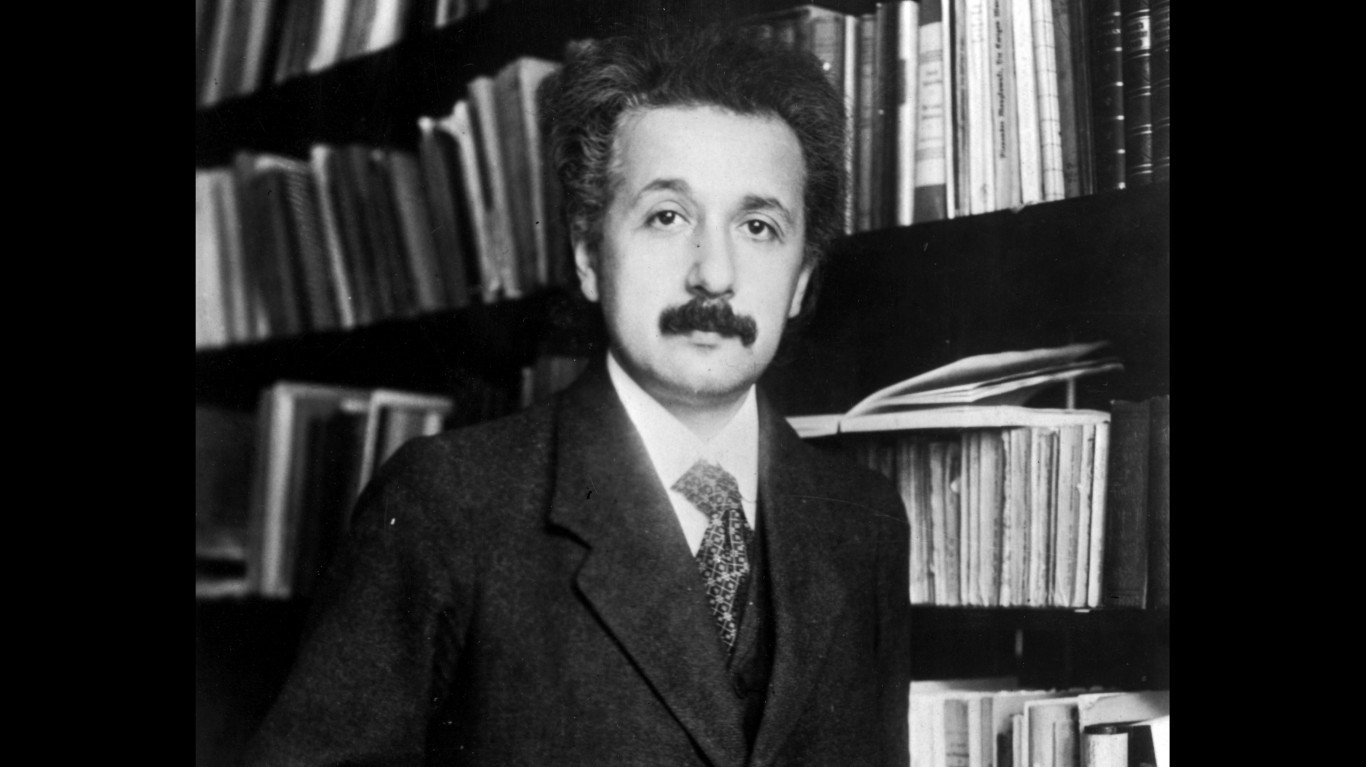
- Source: Ohfact.com
Upon learning that Germany could be working on a similar project, Albert Einstein sent President Roosevelt a 1939 letter warning him about the potential for a nuclear chain reaction. As a result of this letter, Roosevelt took action, resulting in the Manhattan Project.
The post The 20 Coolest Facts About the Manhattan Project appeared first on 24/7 Wall St..



